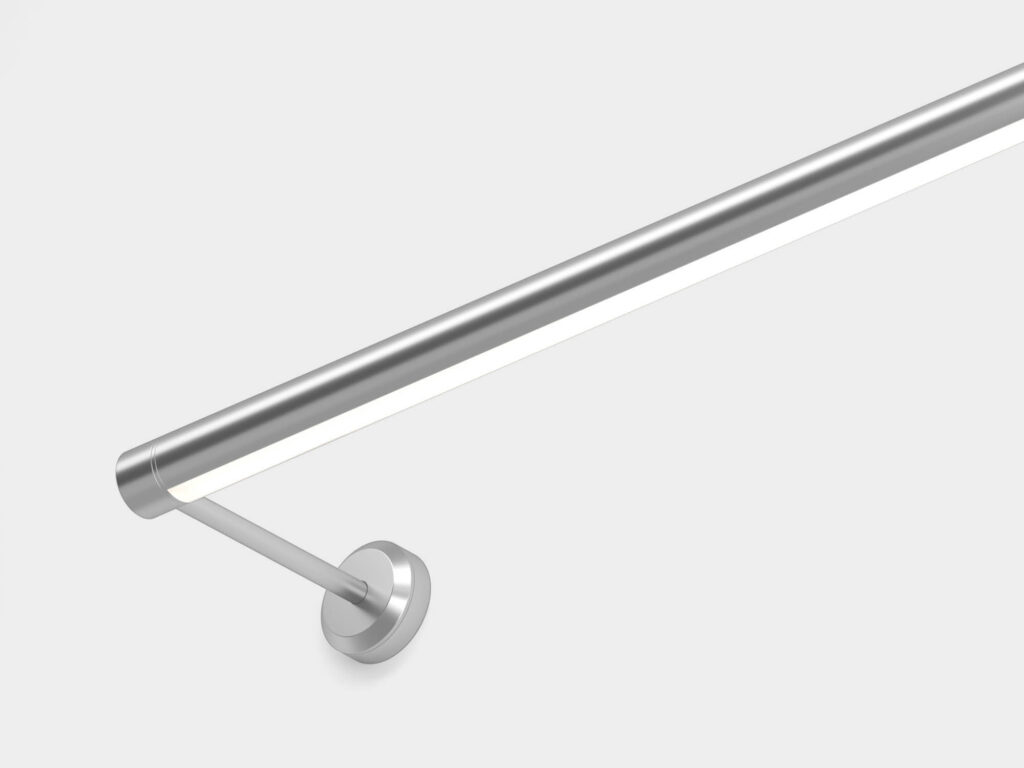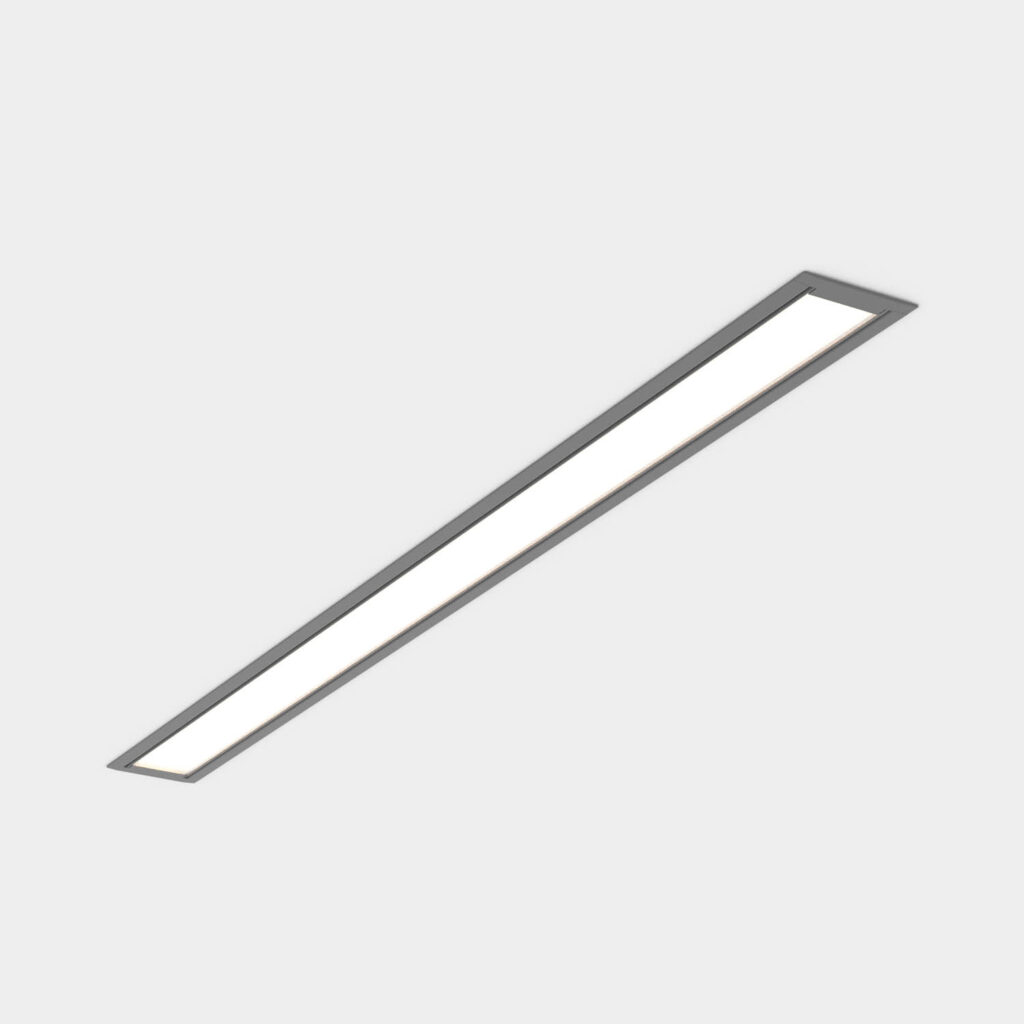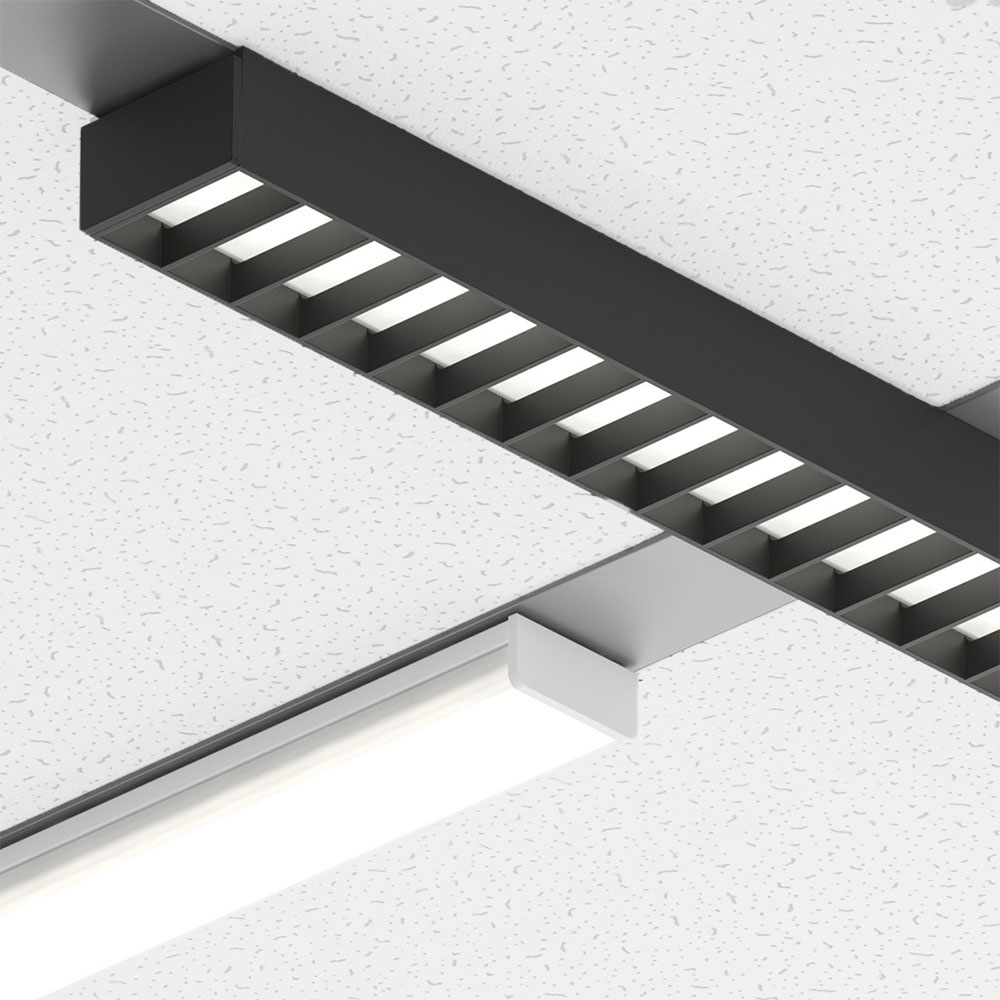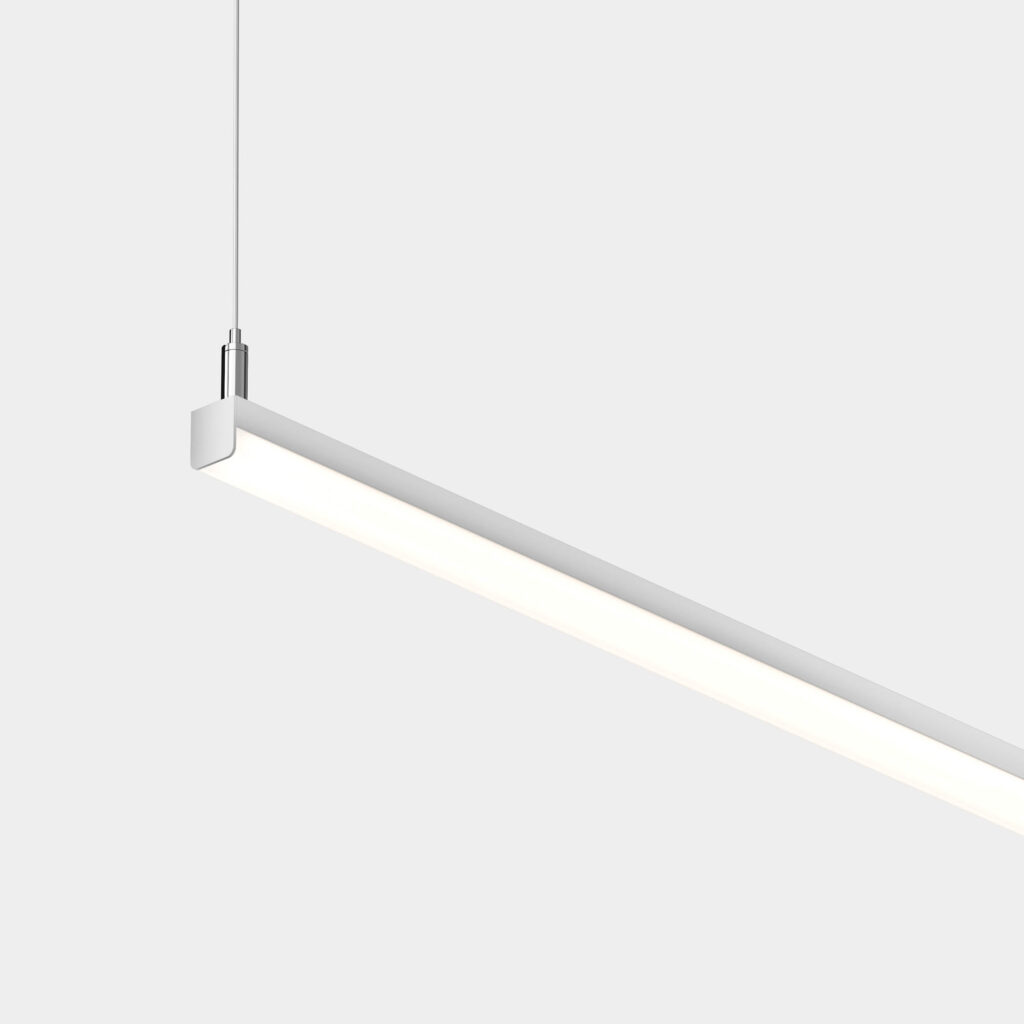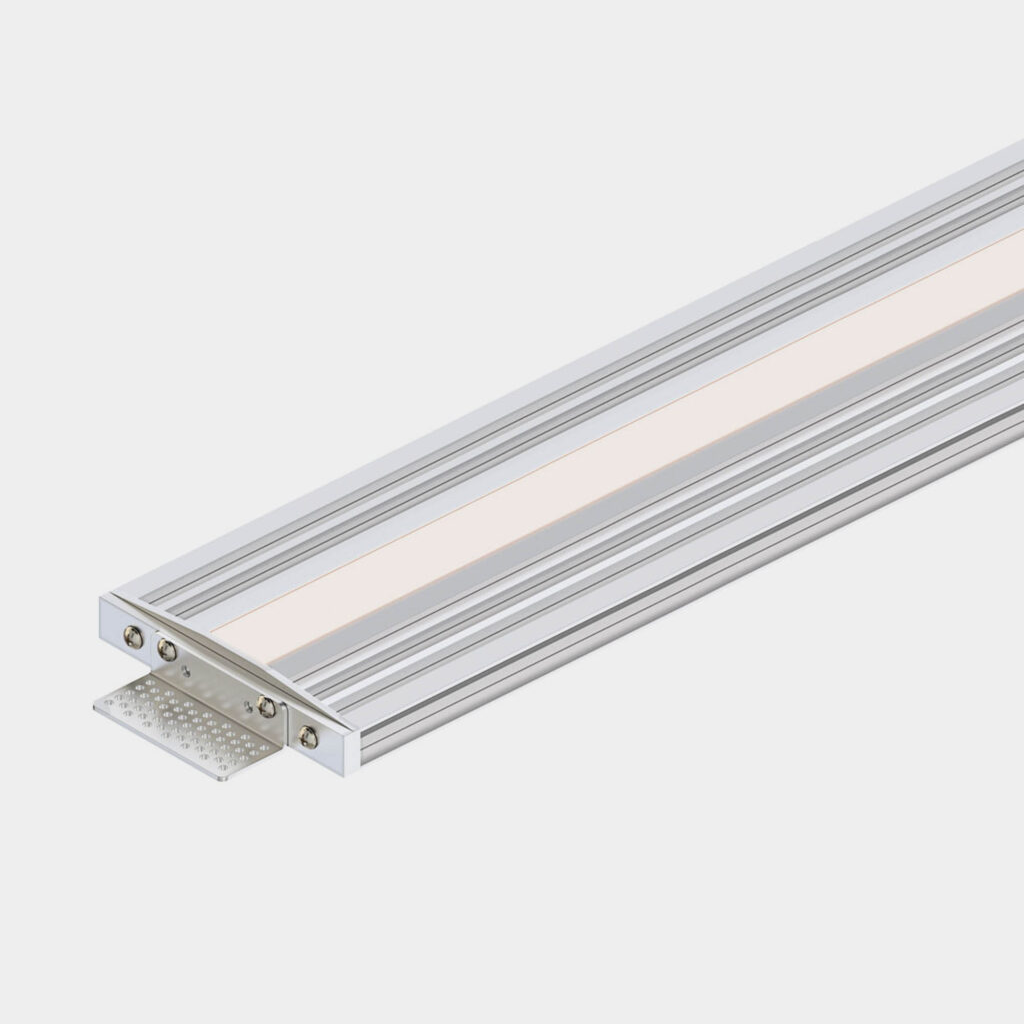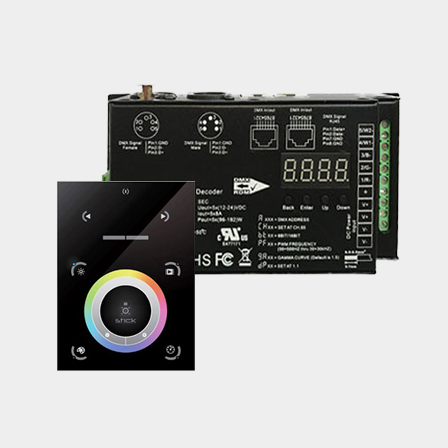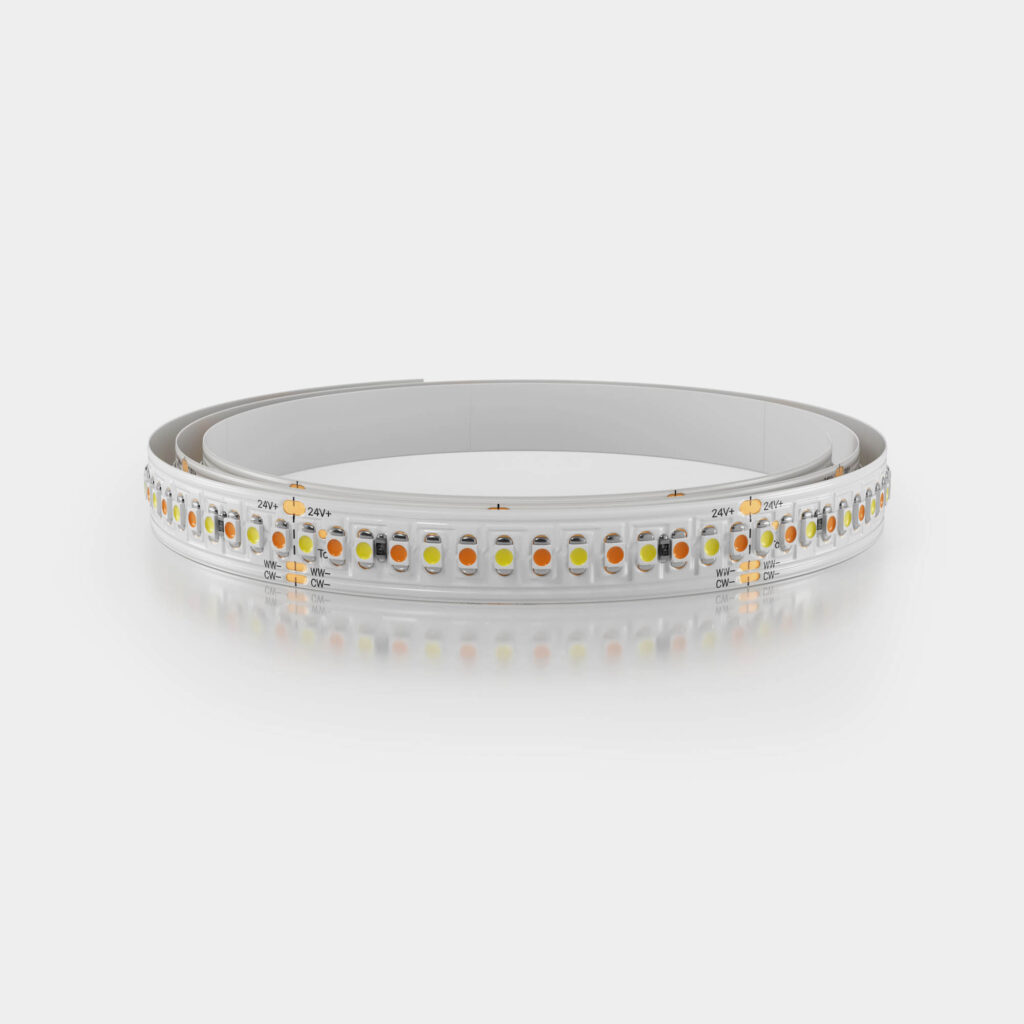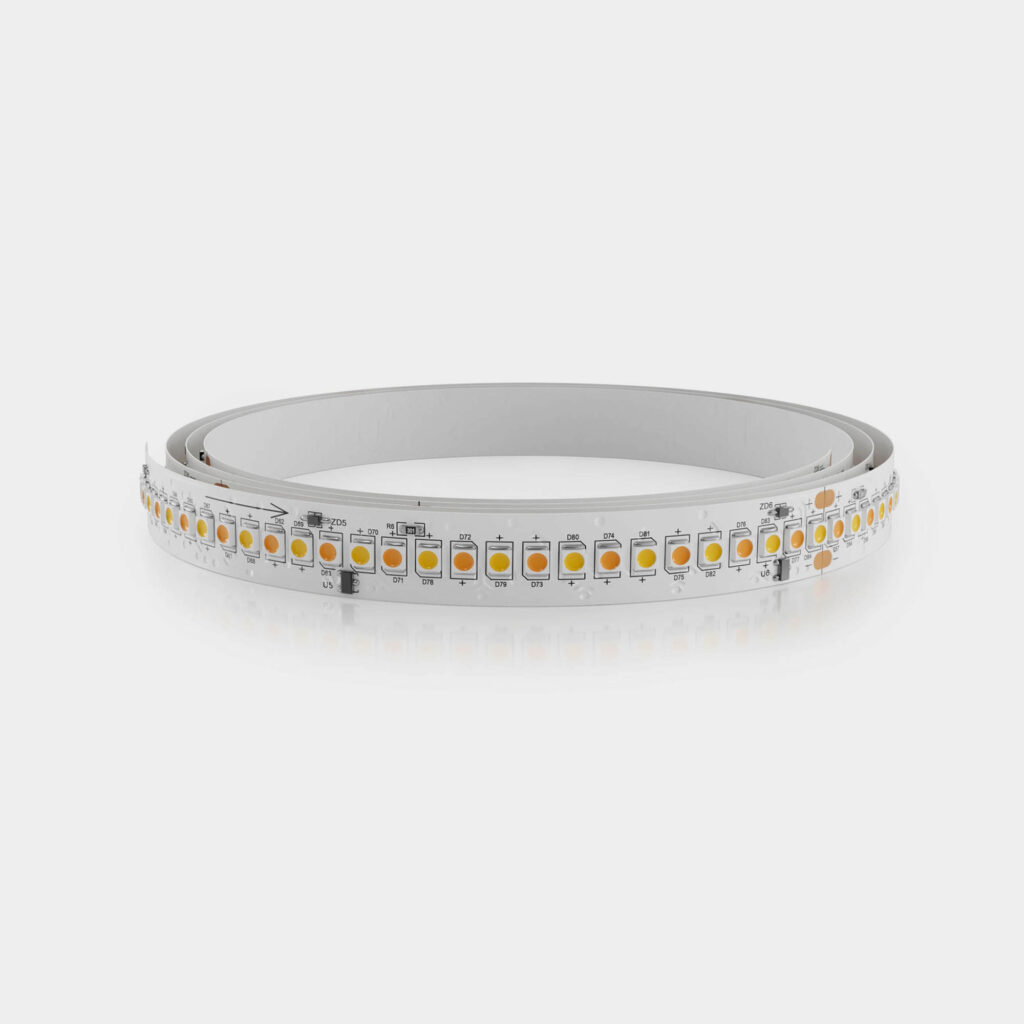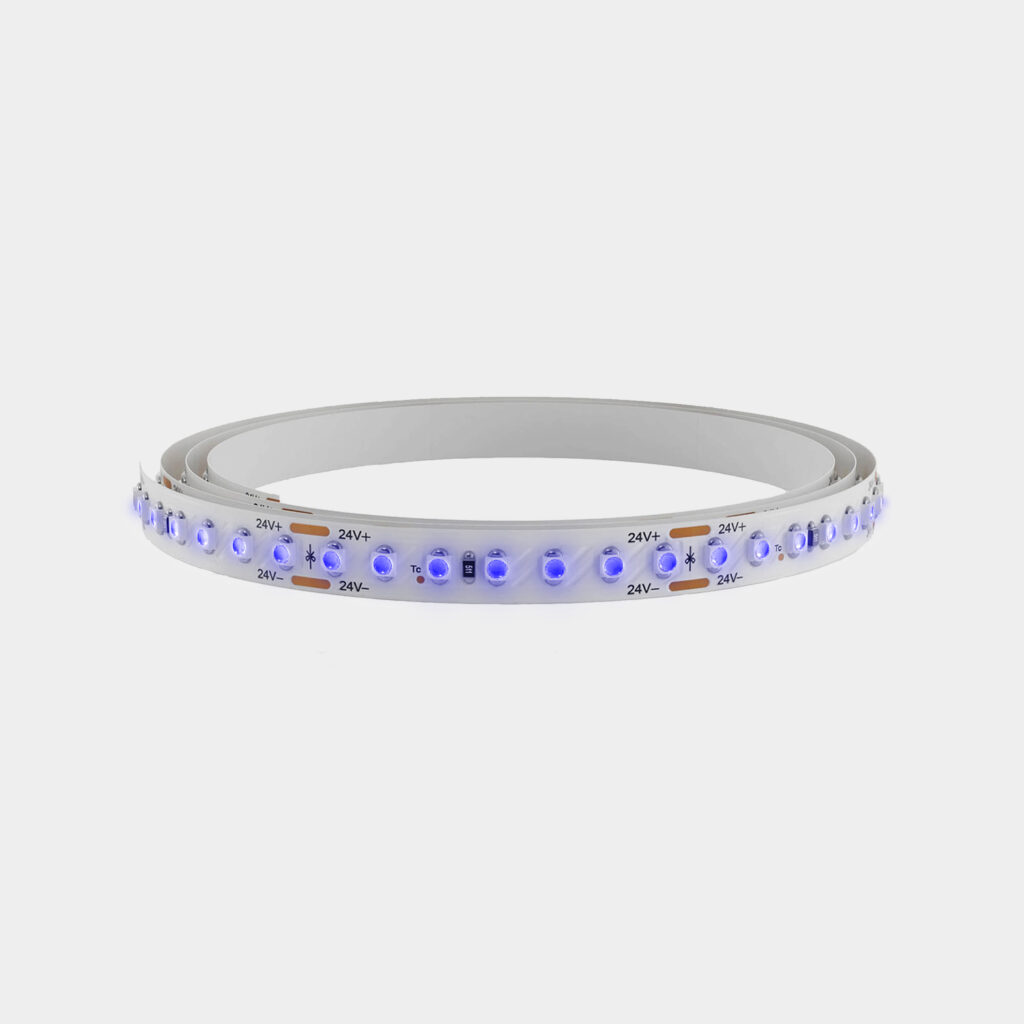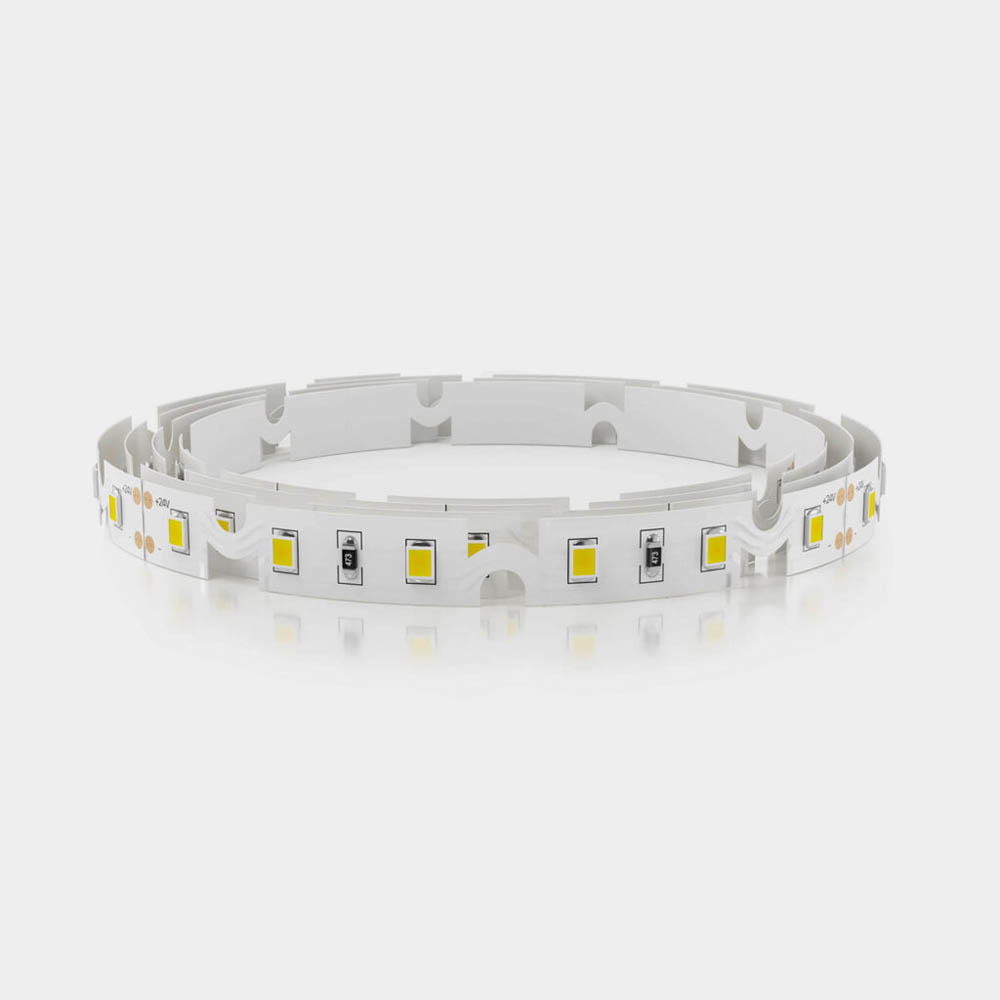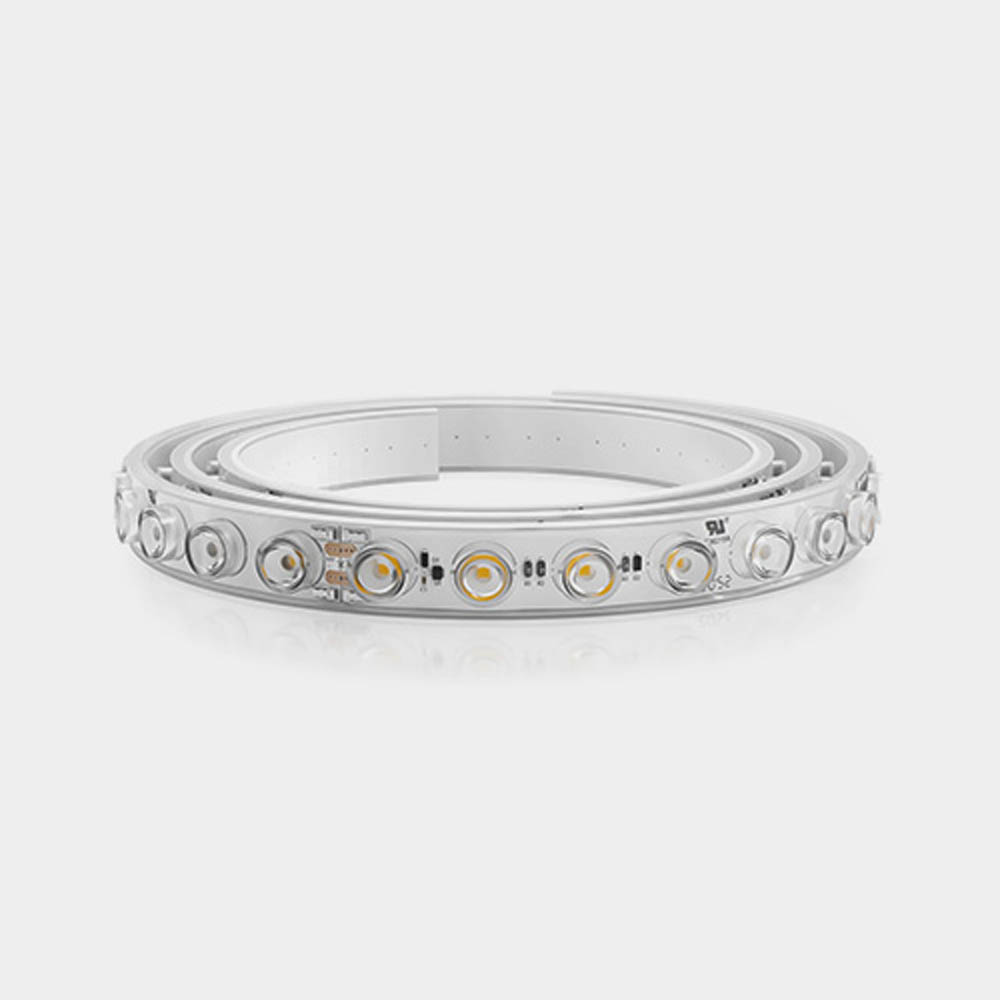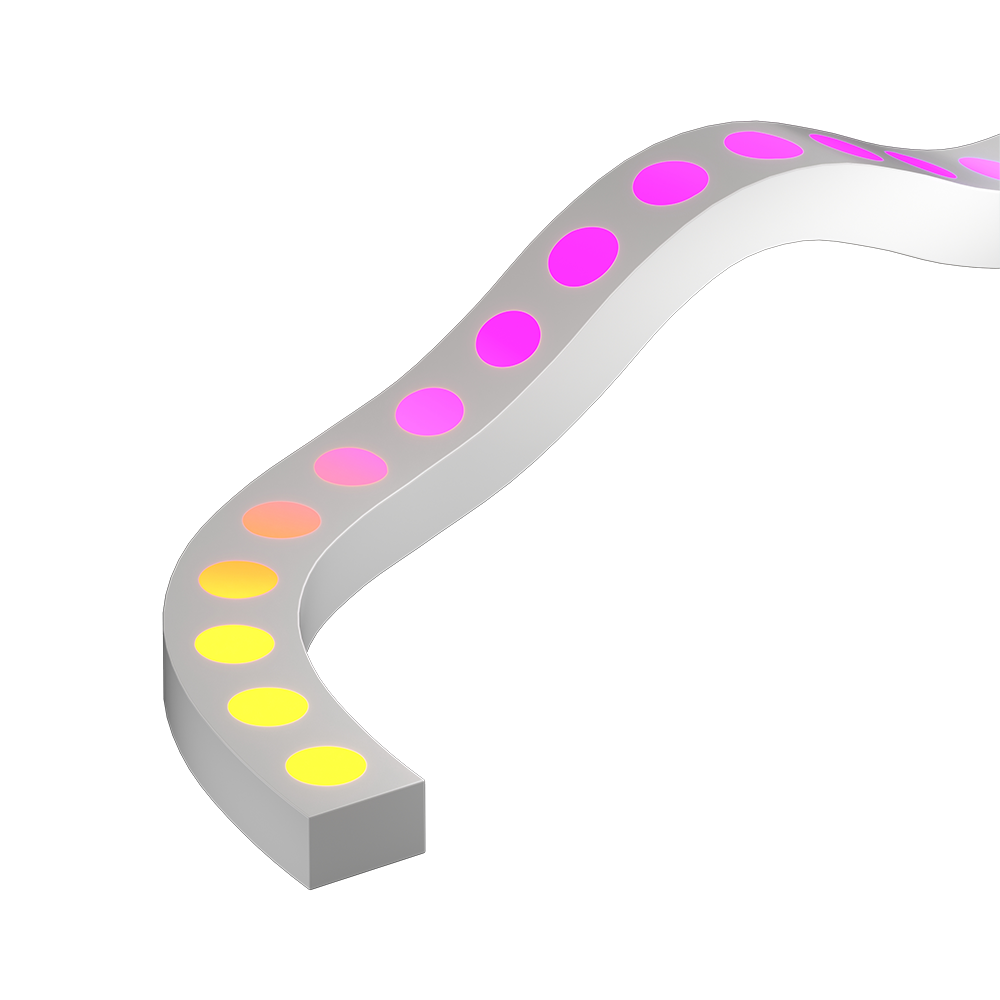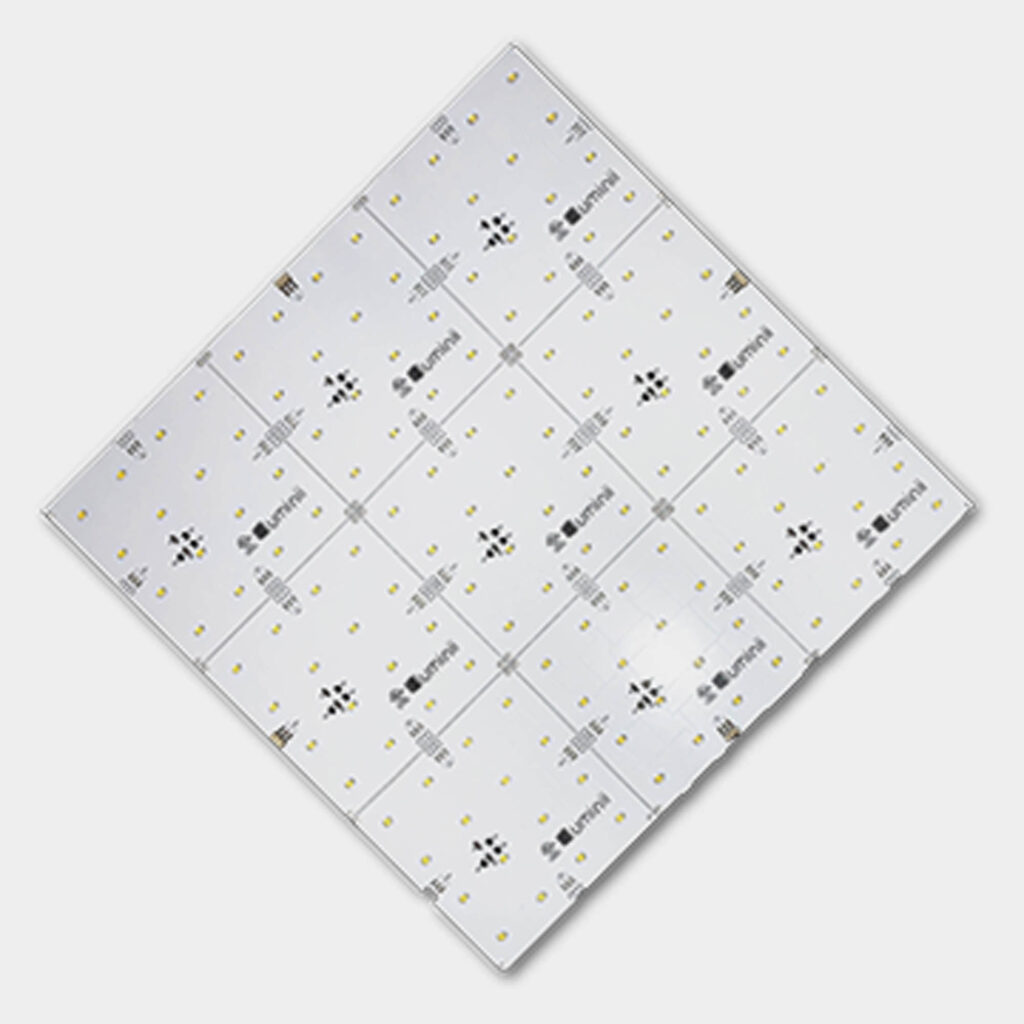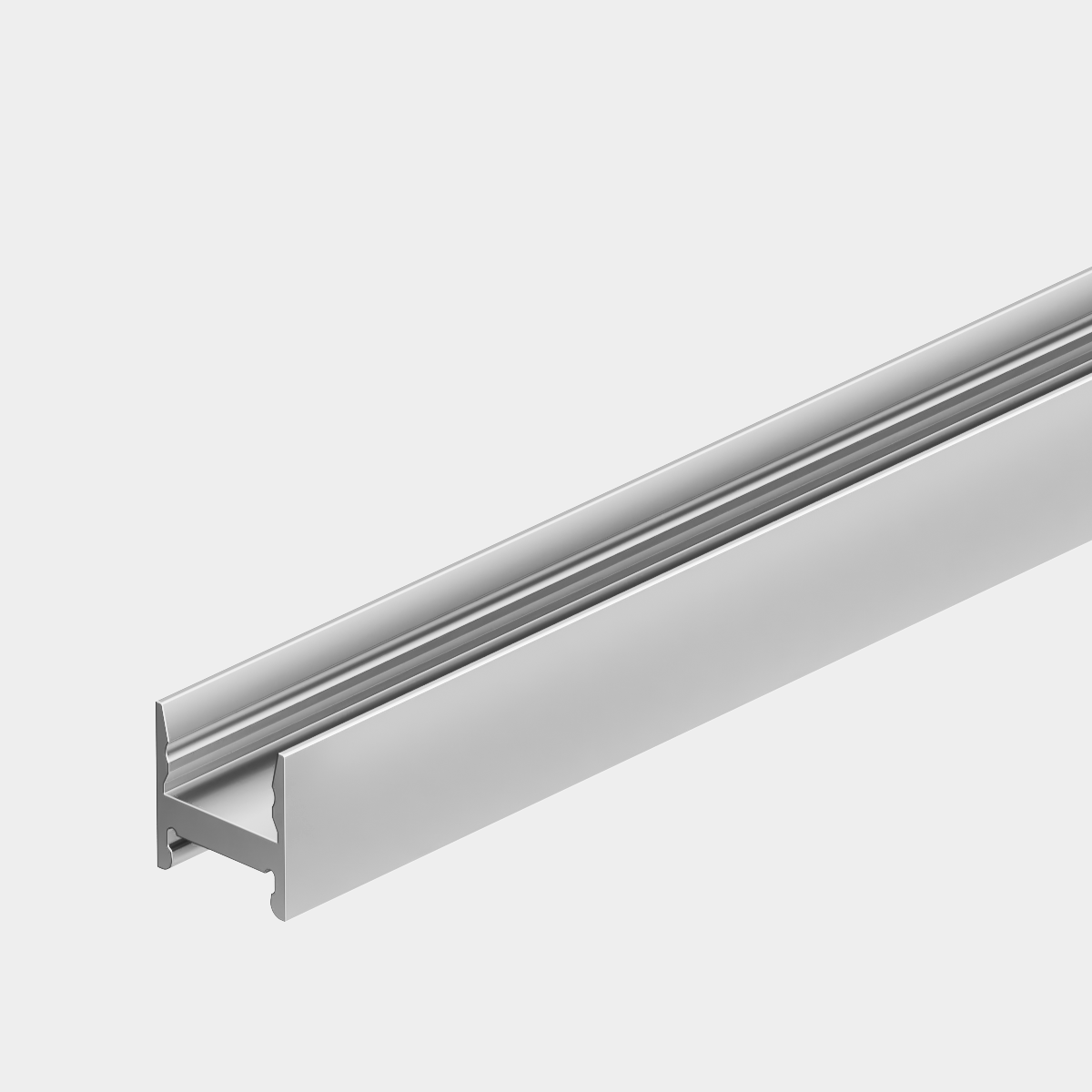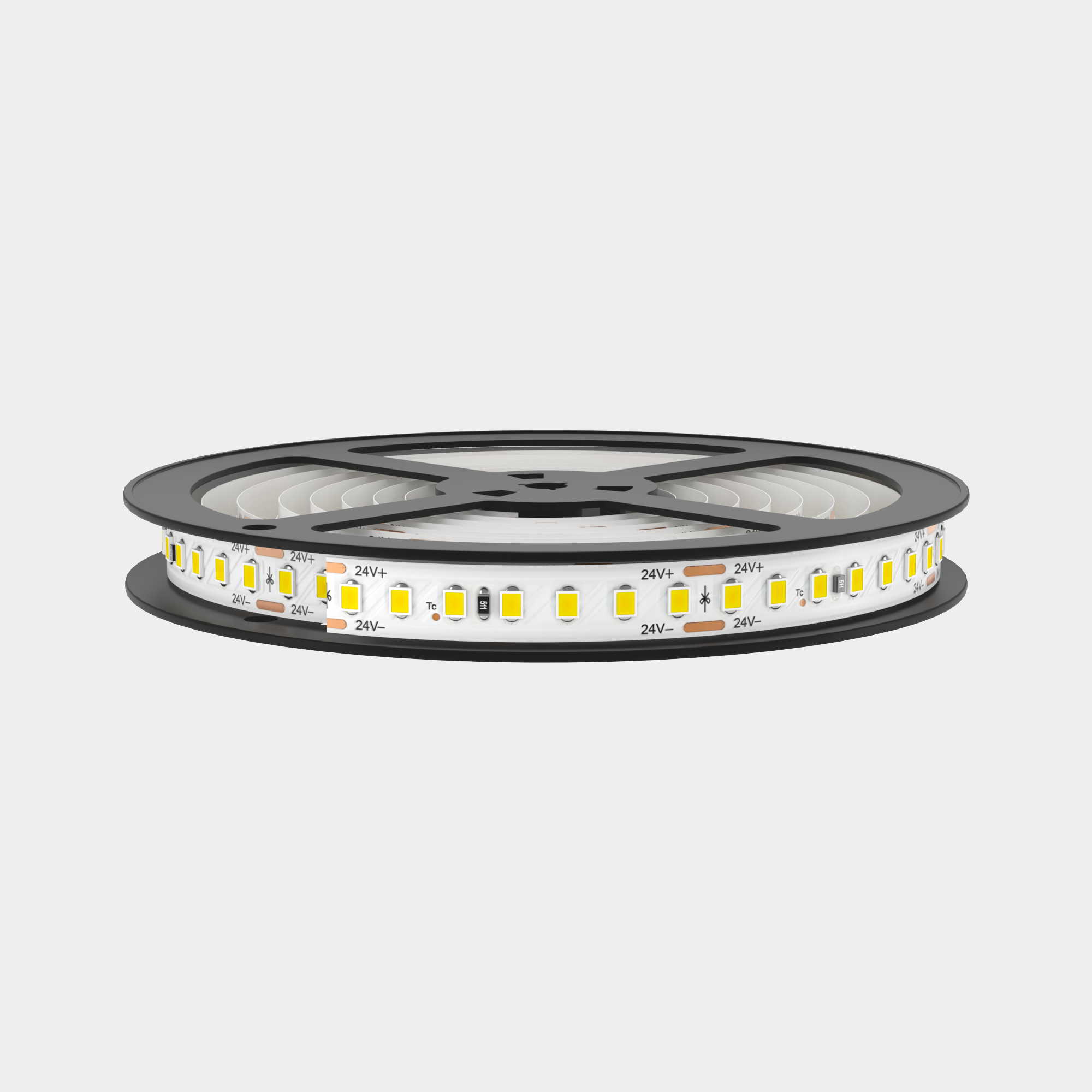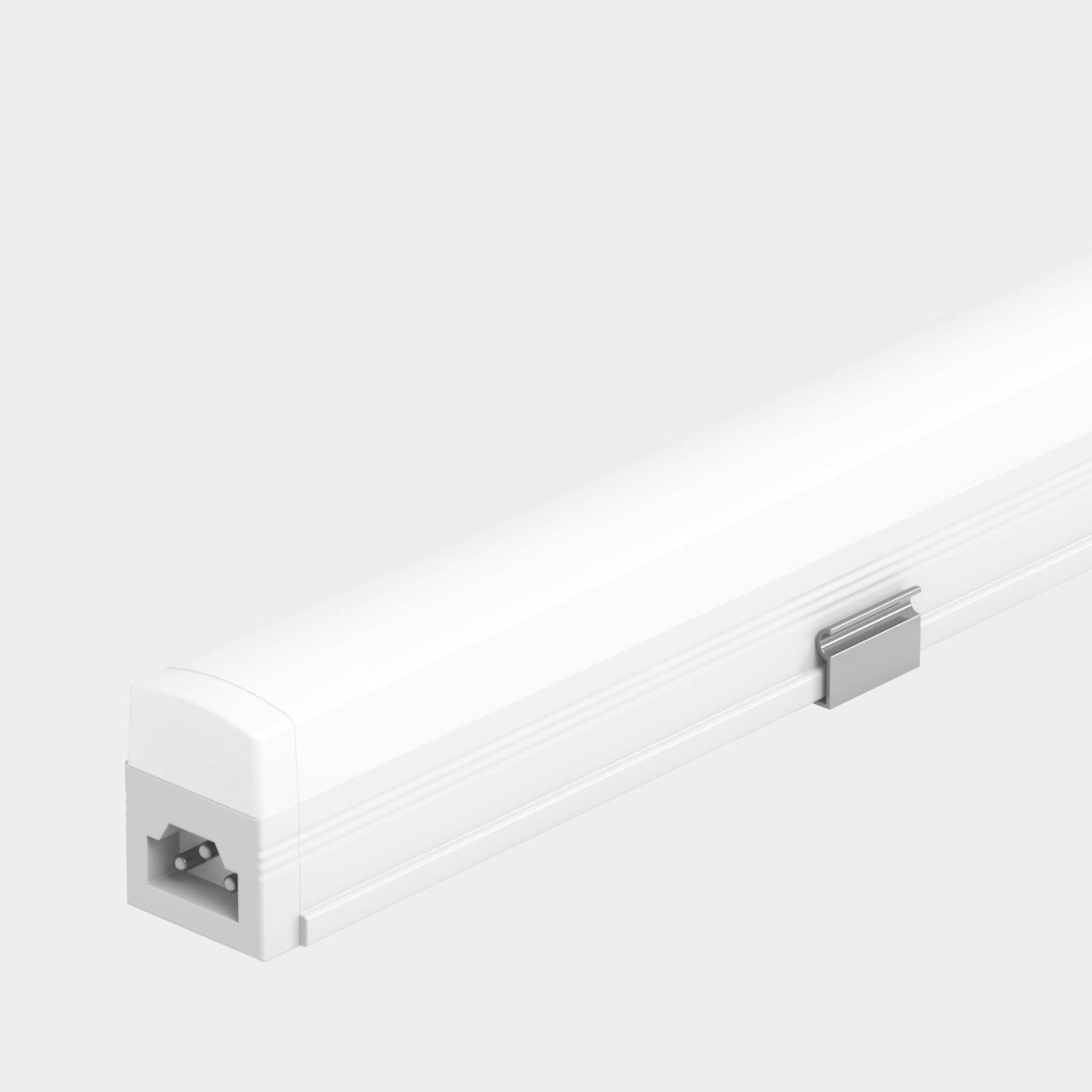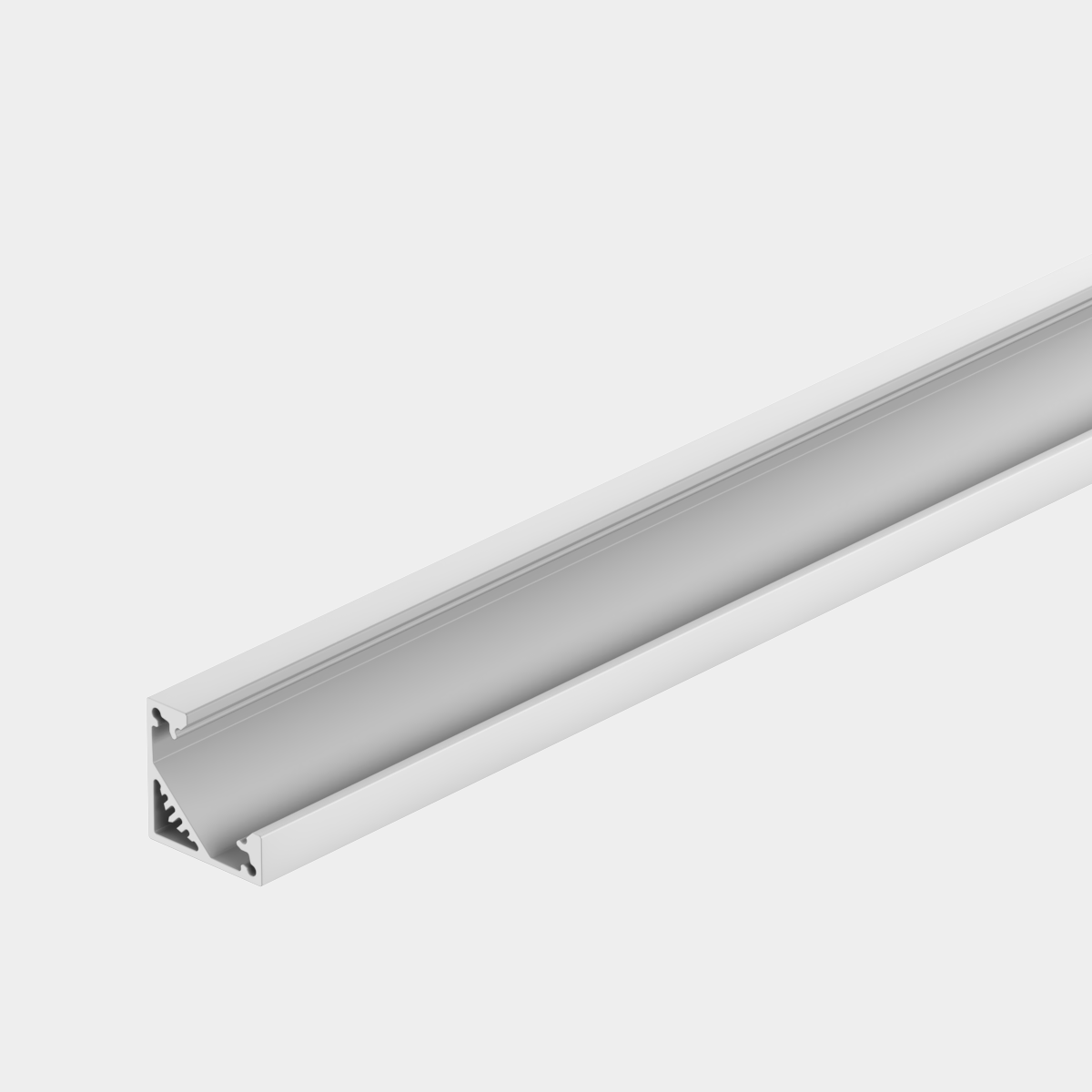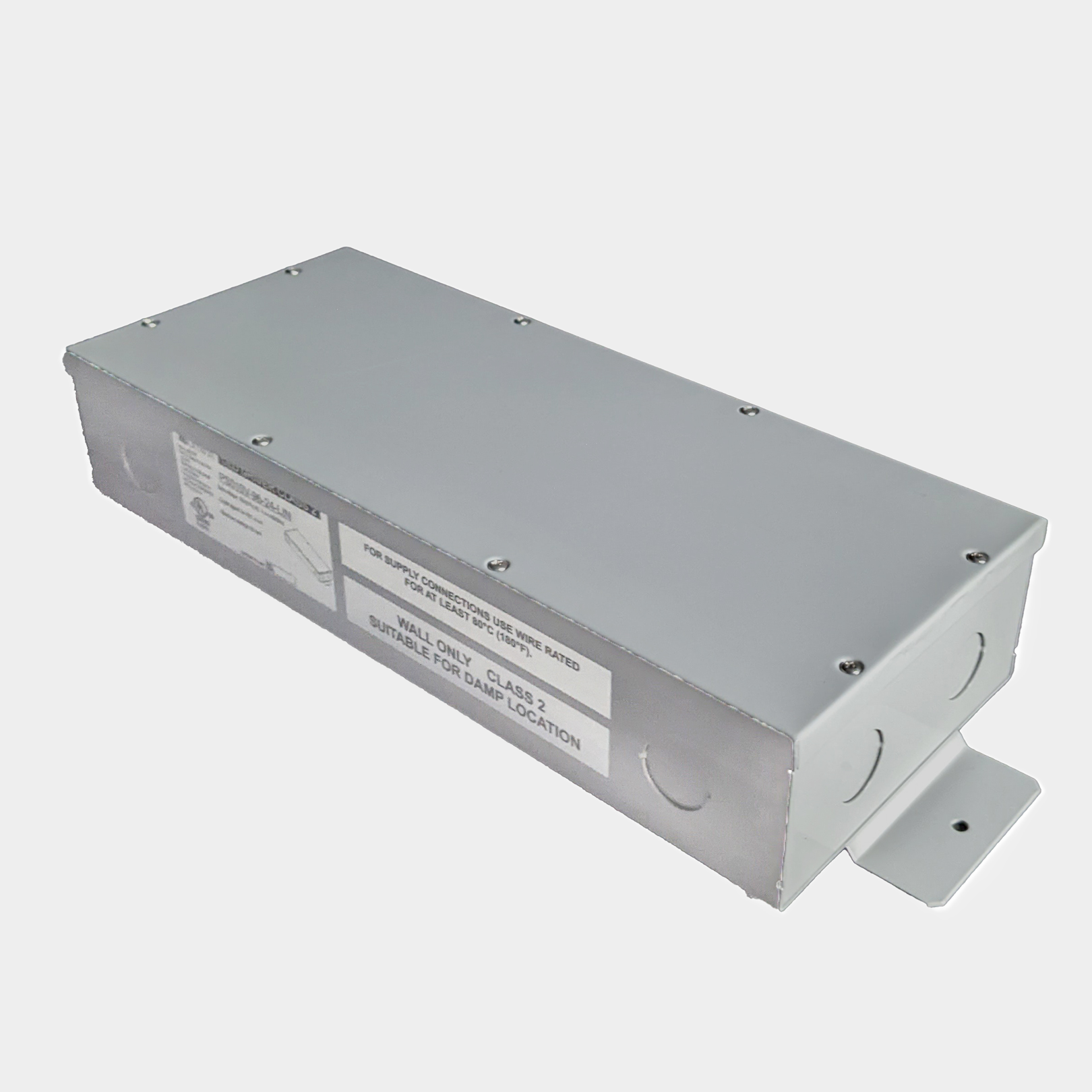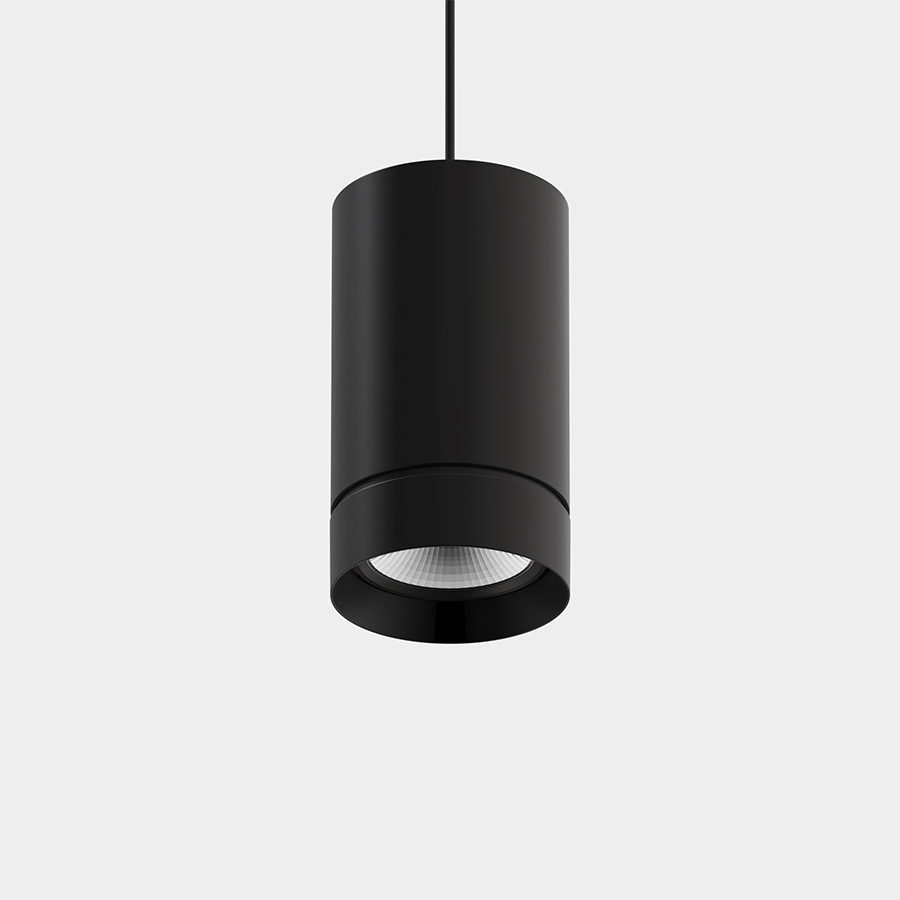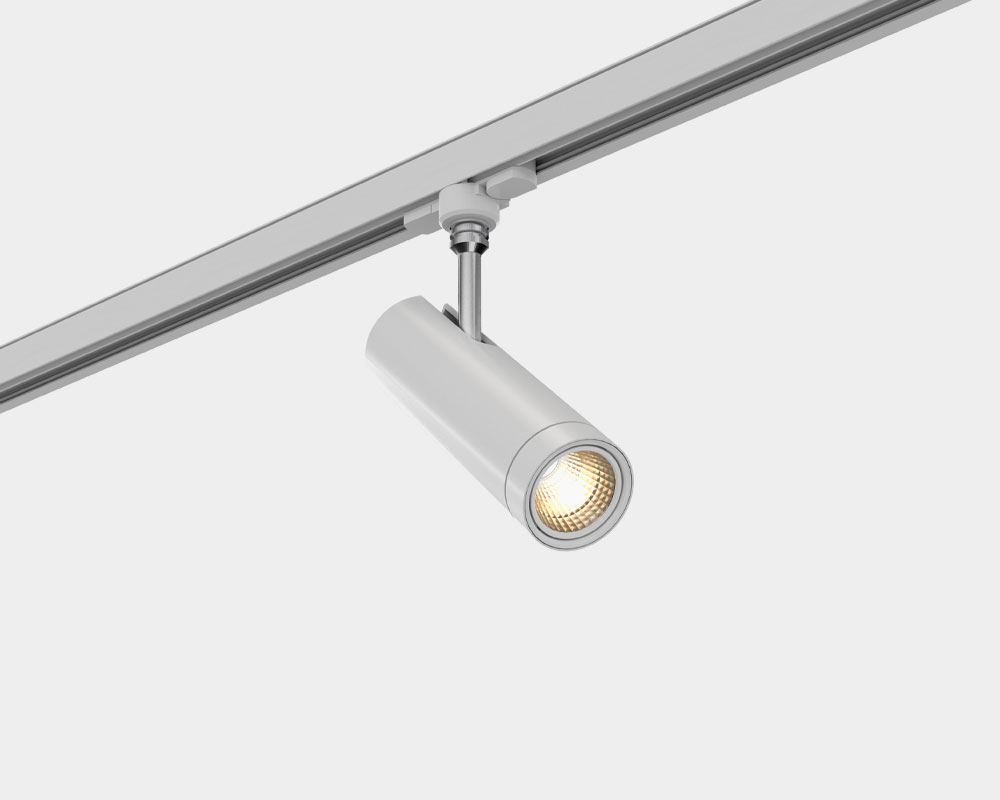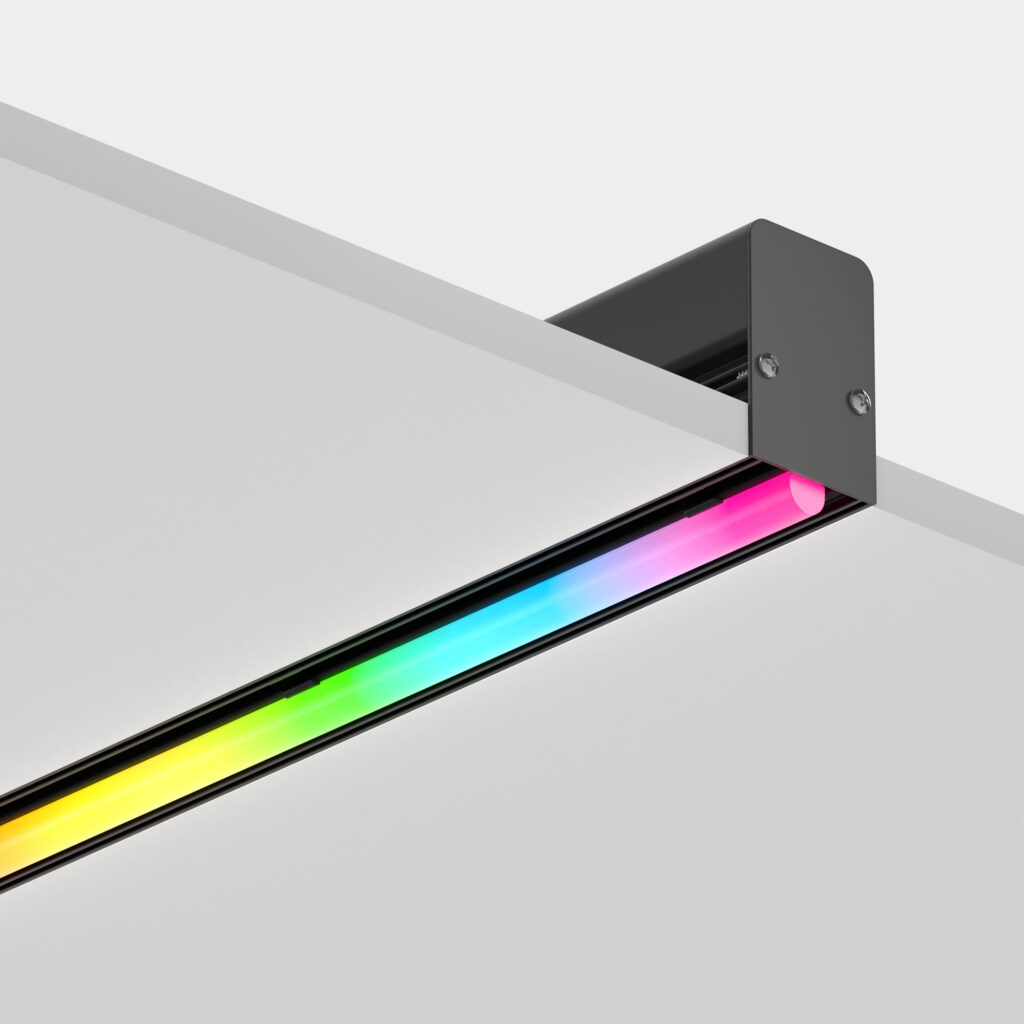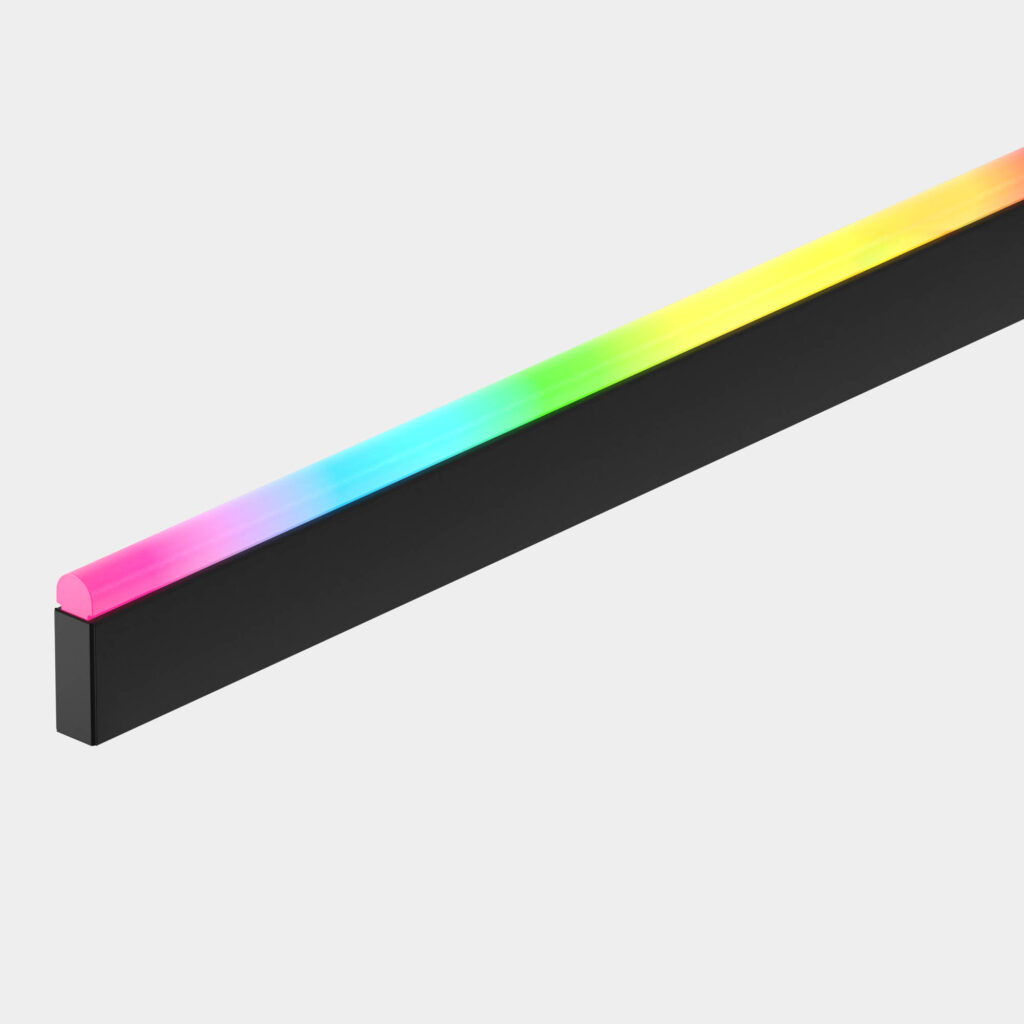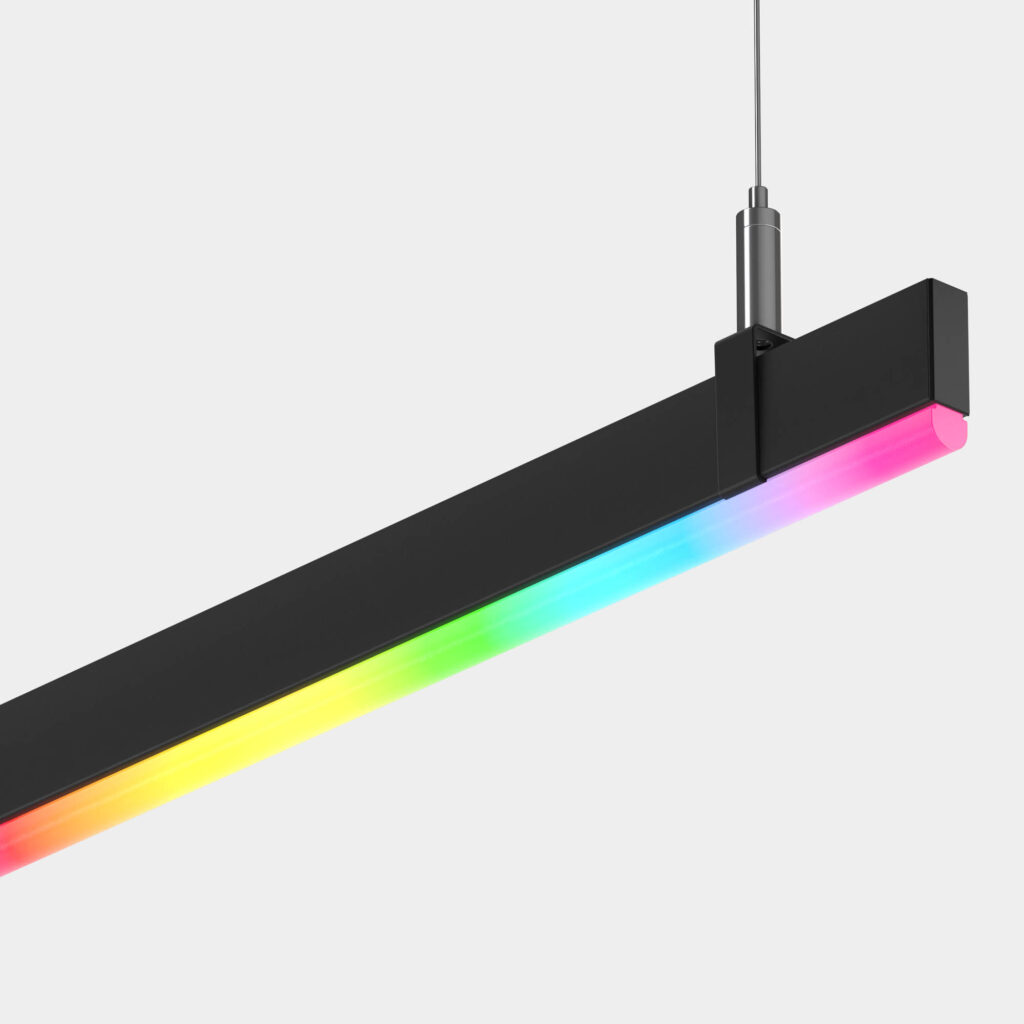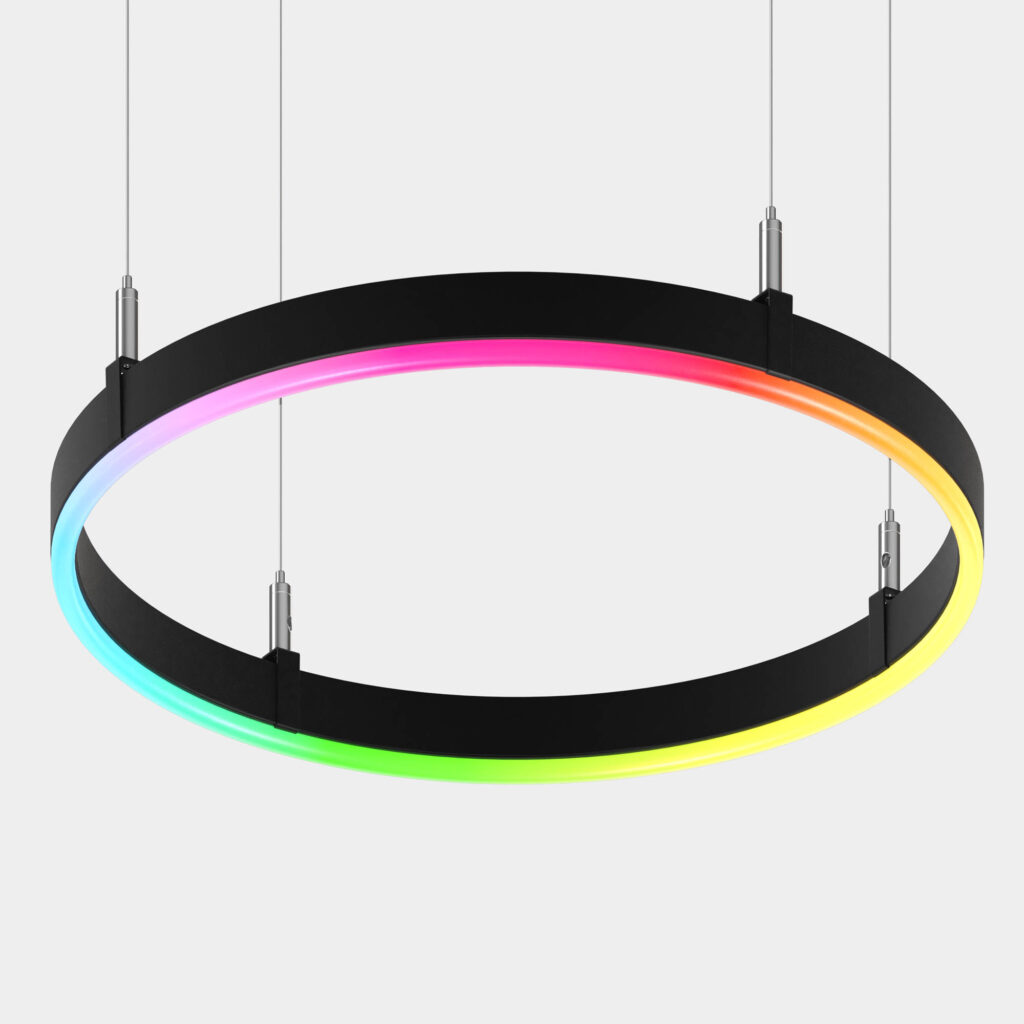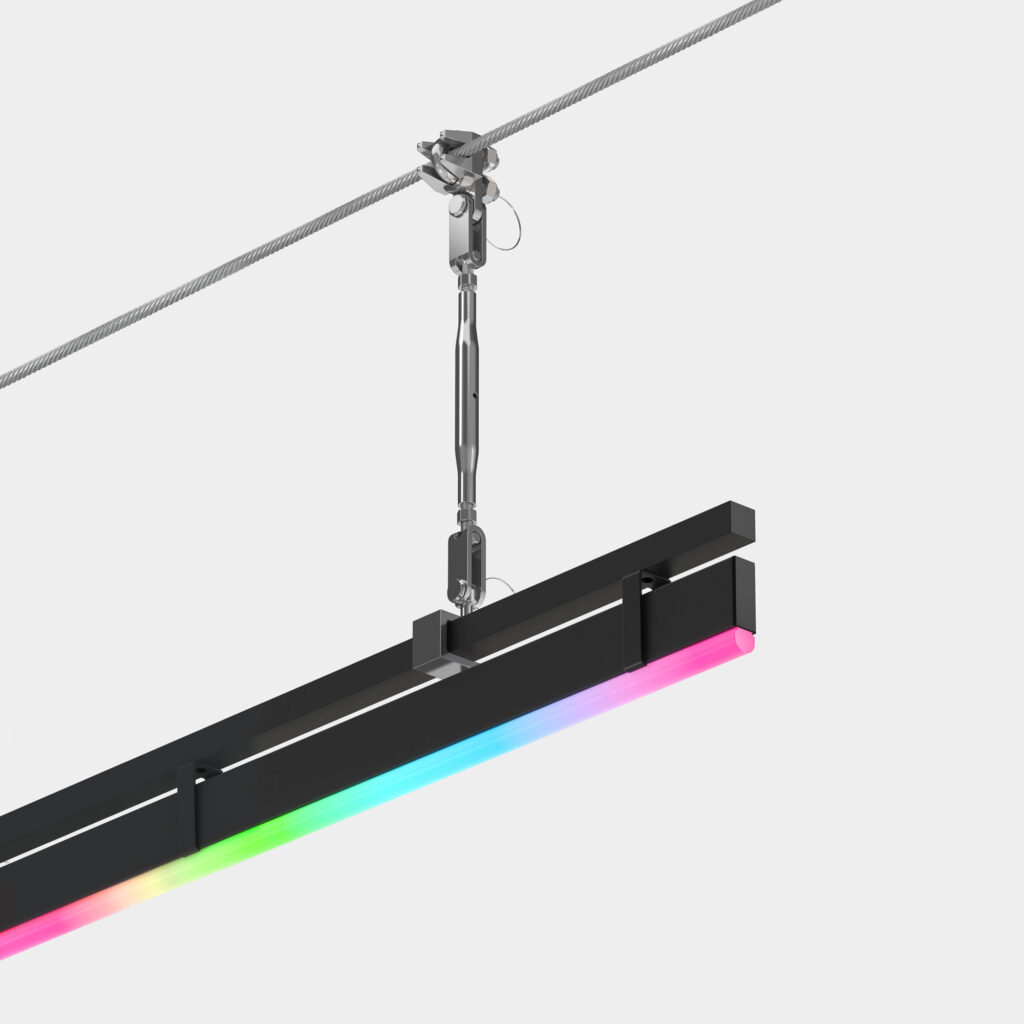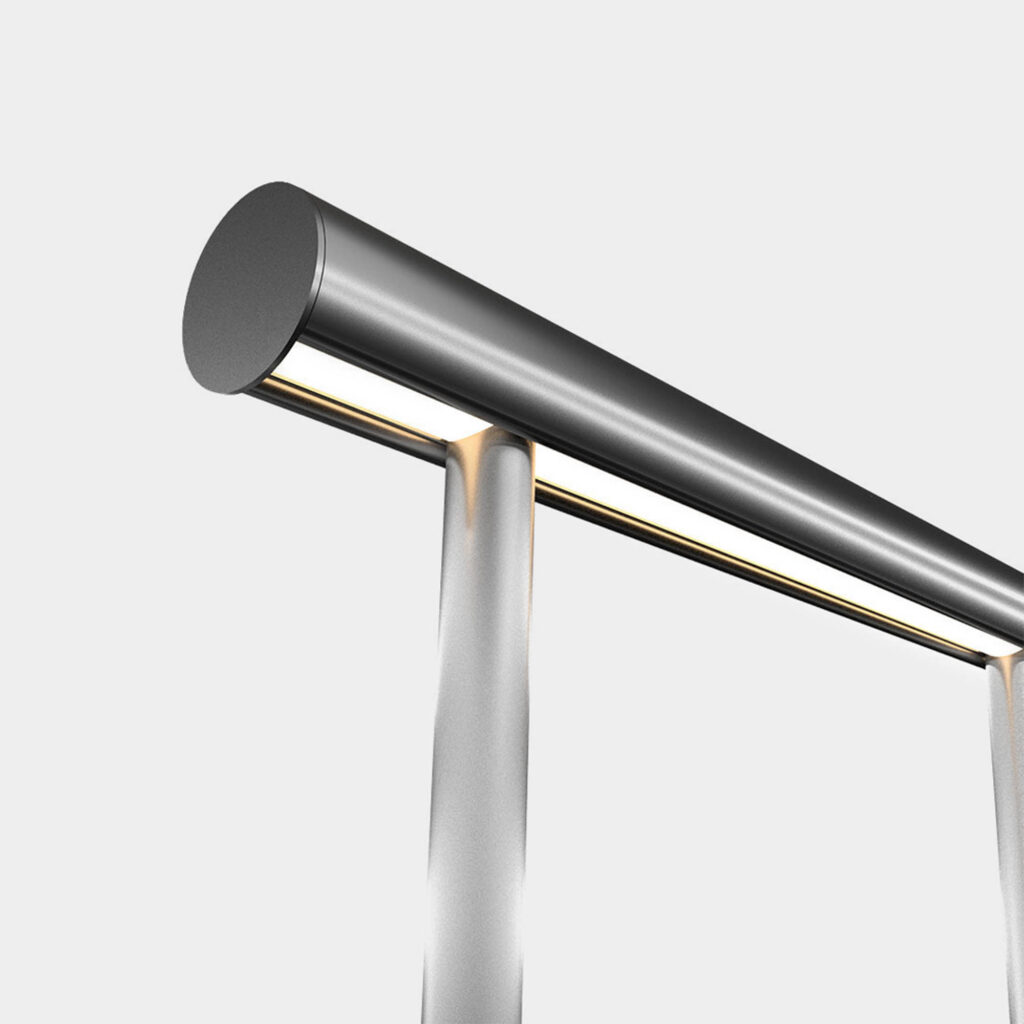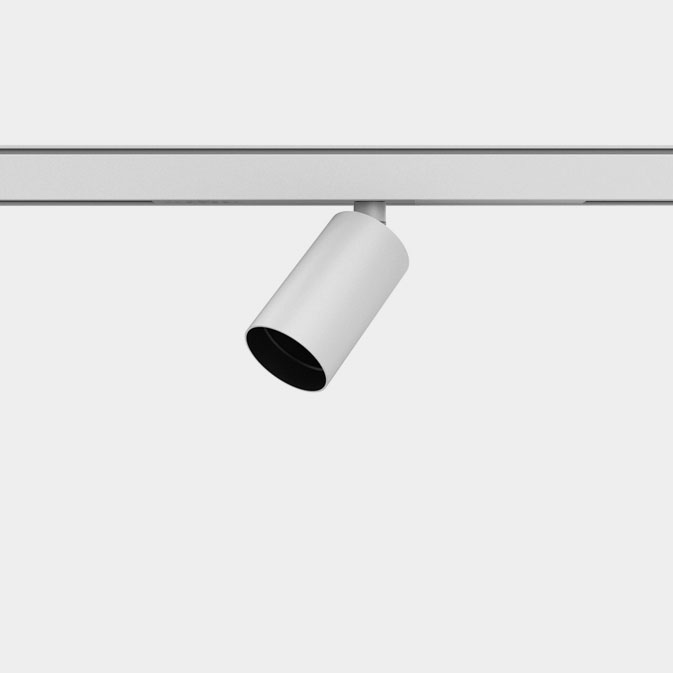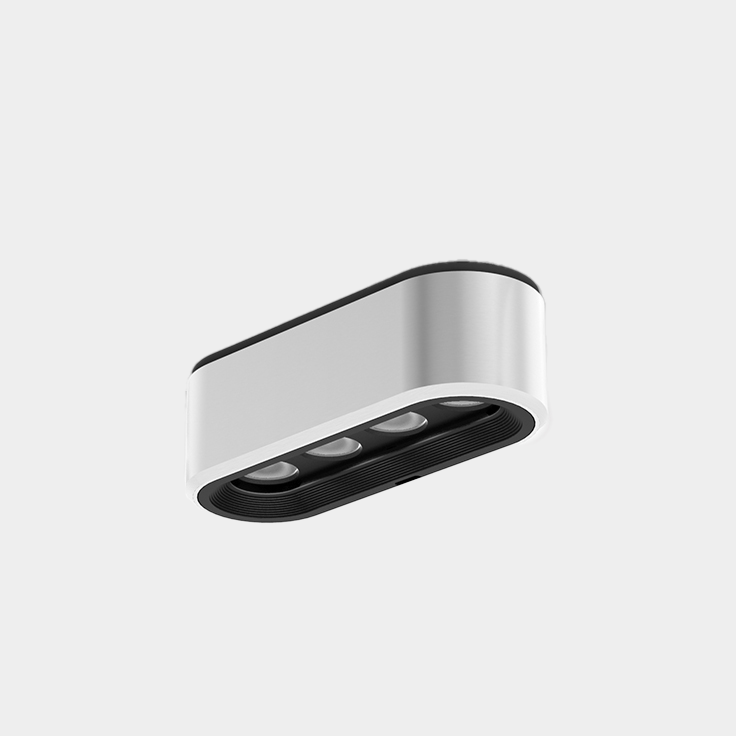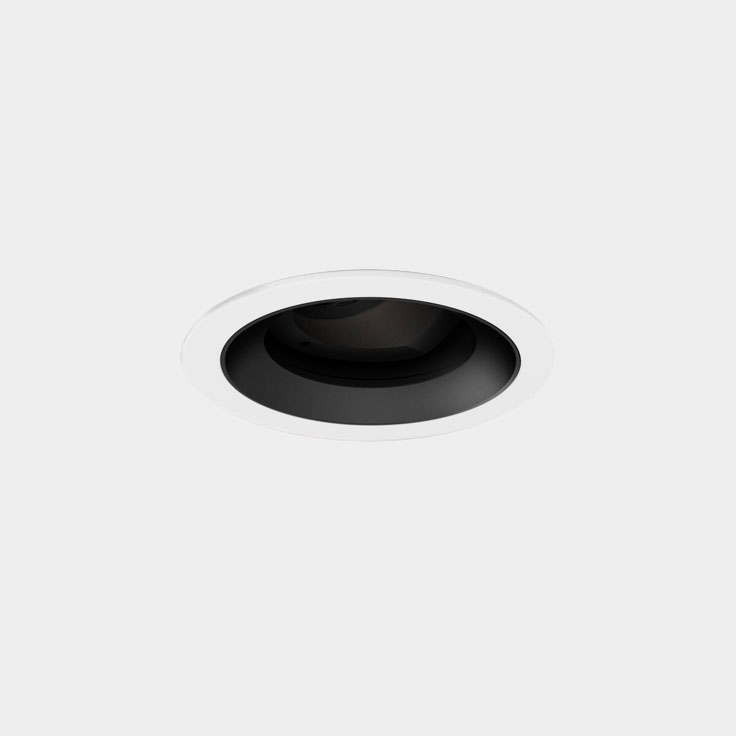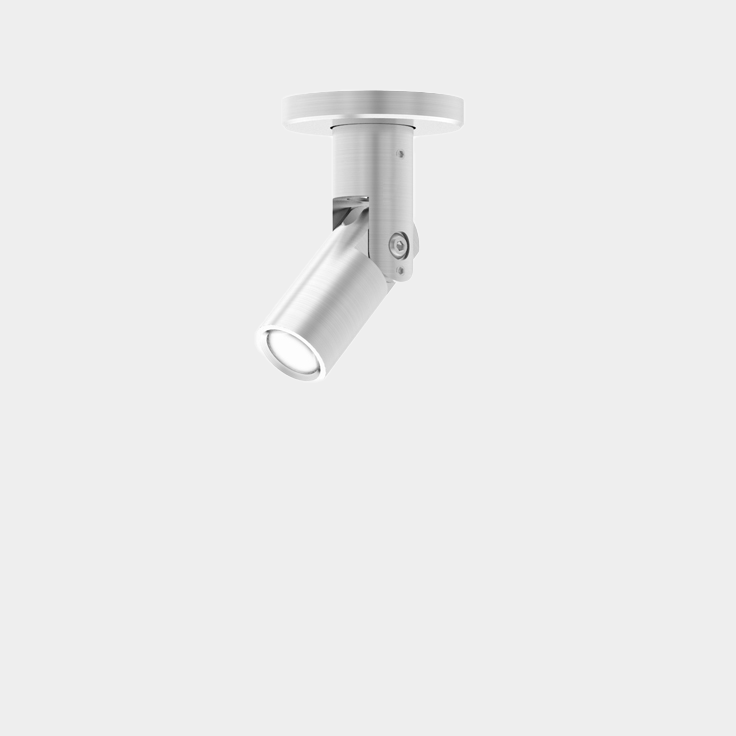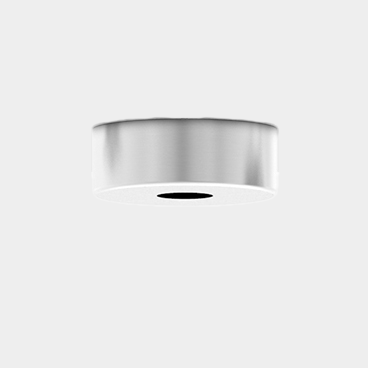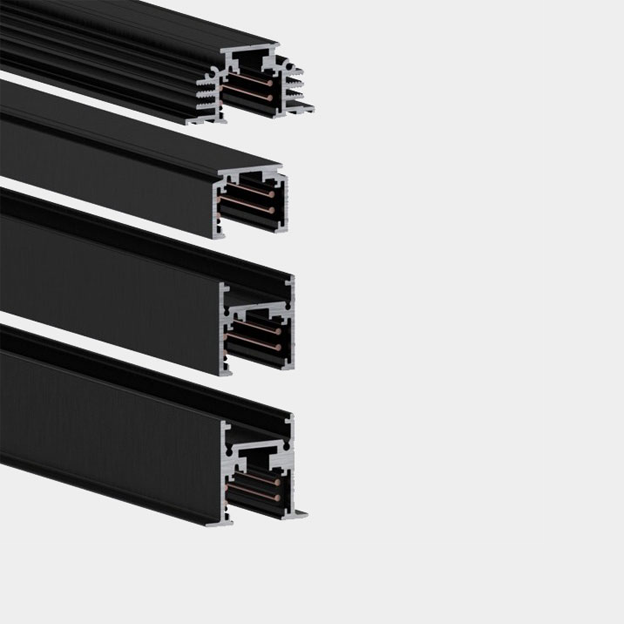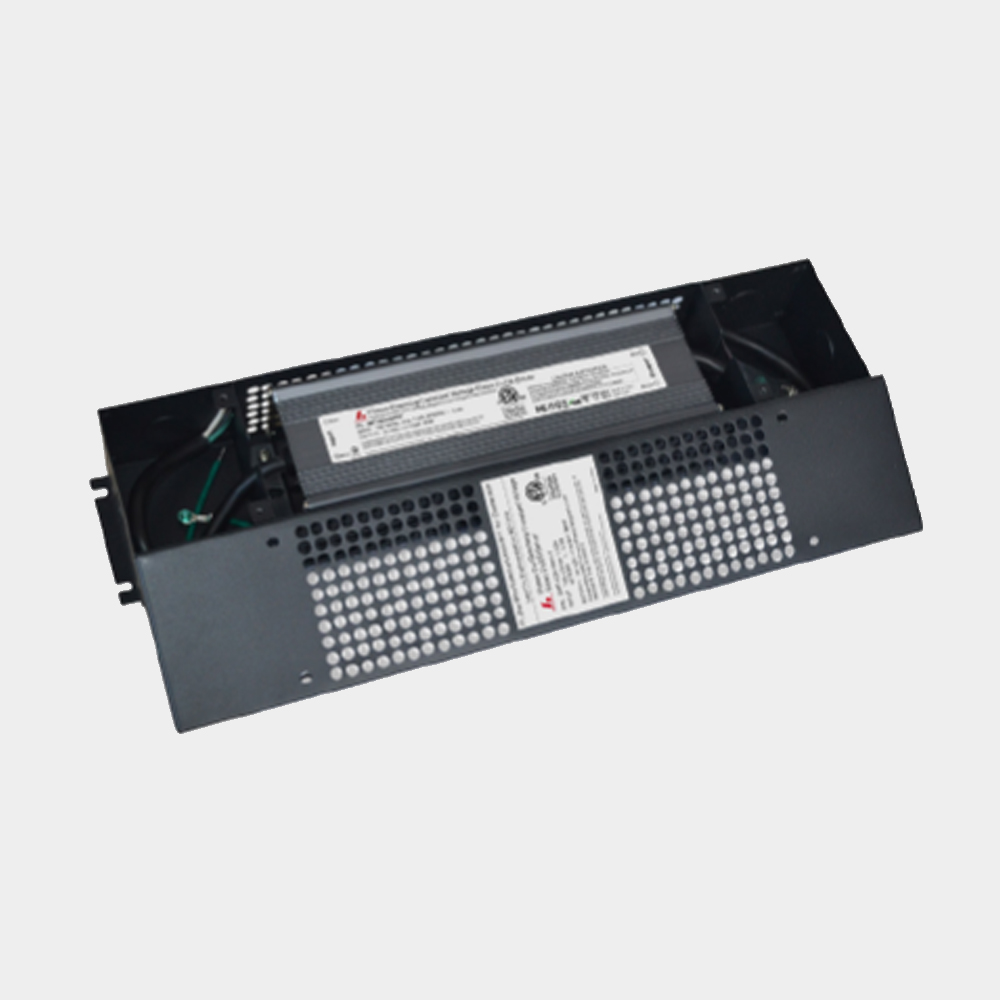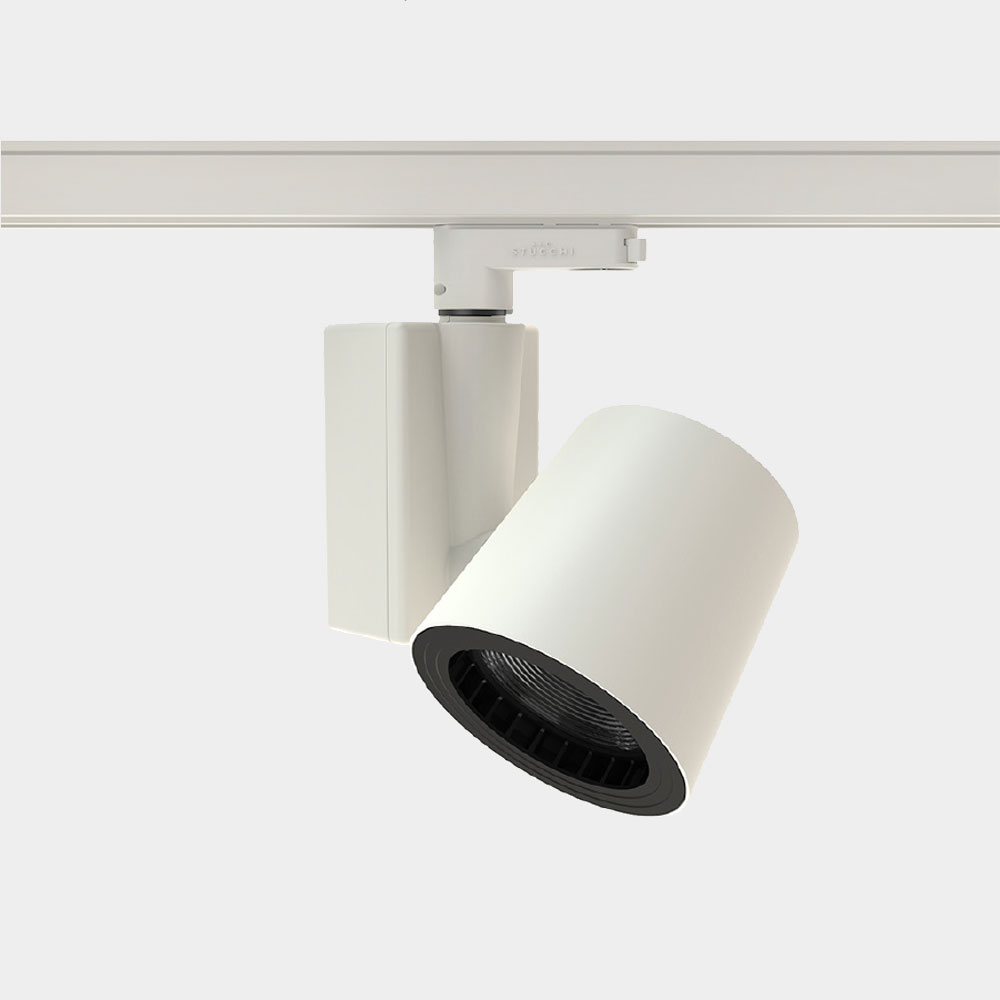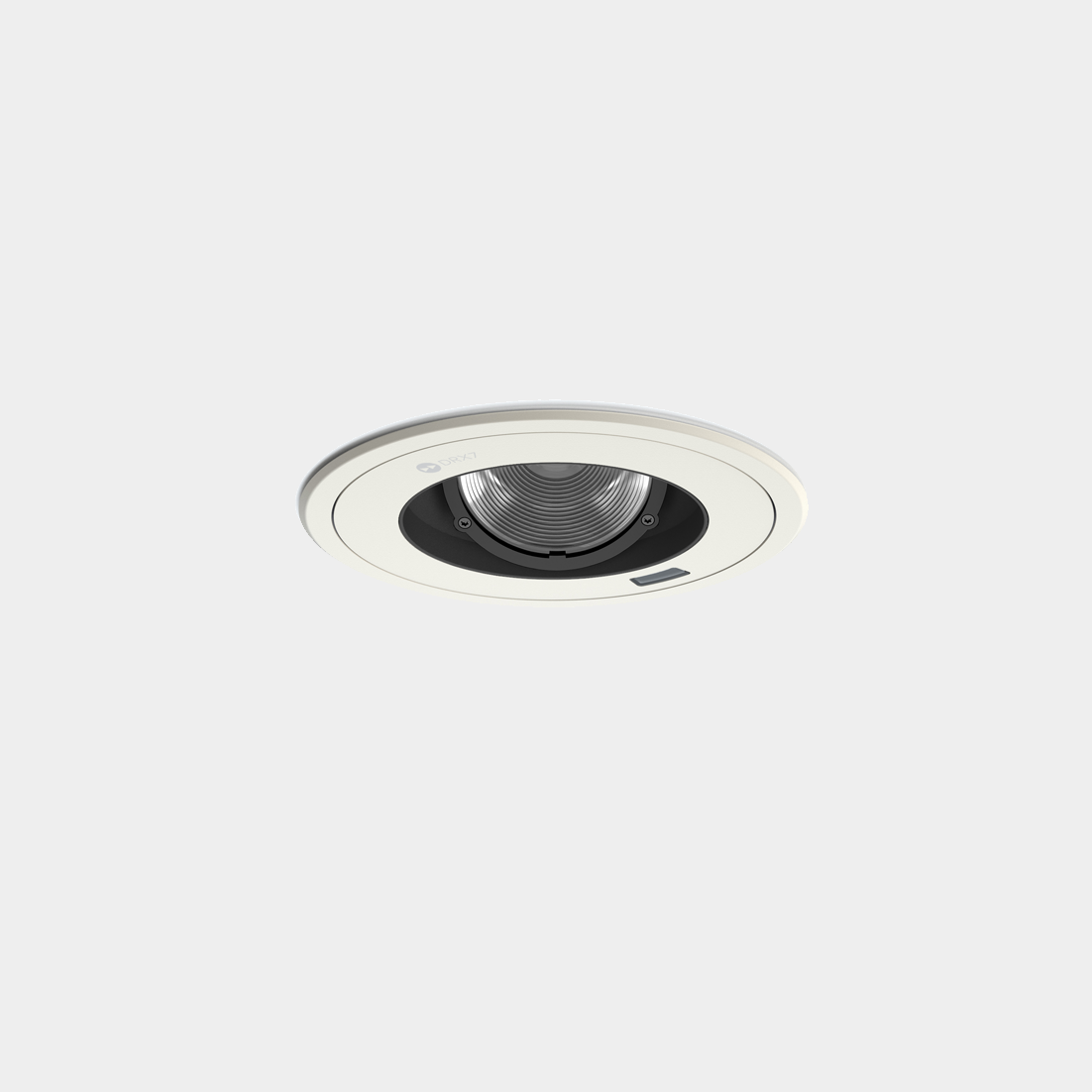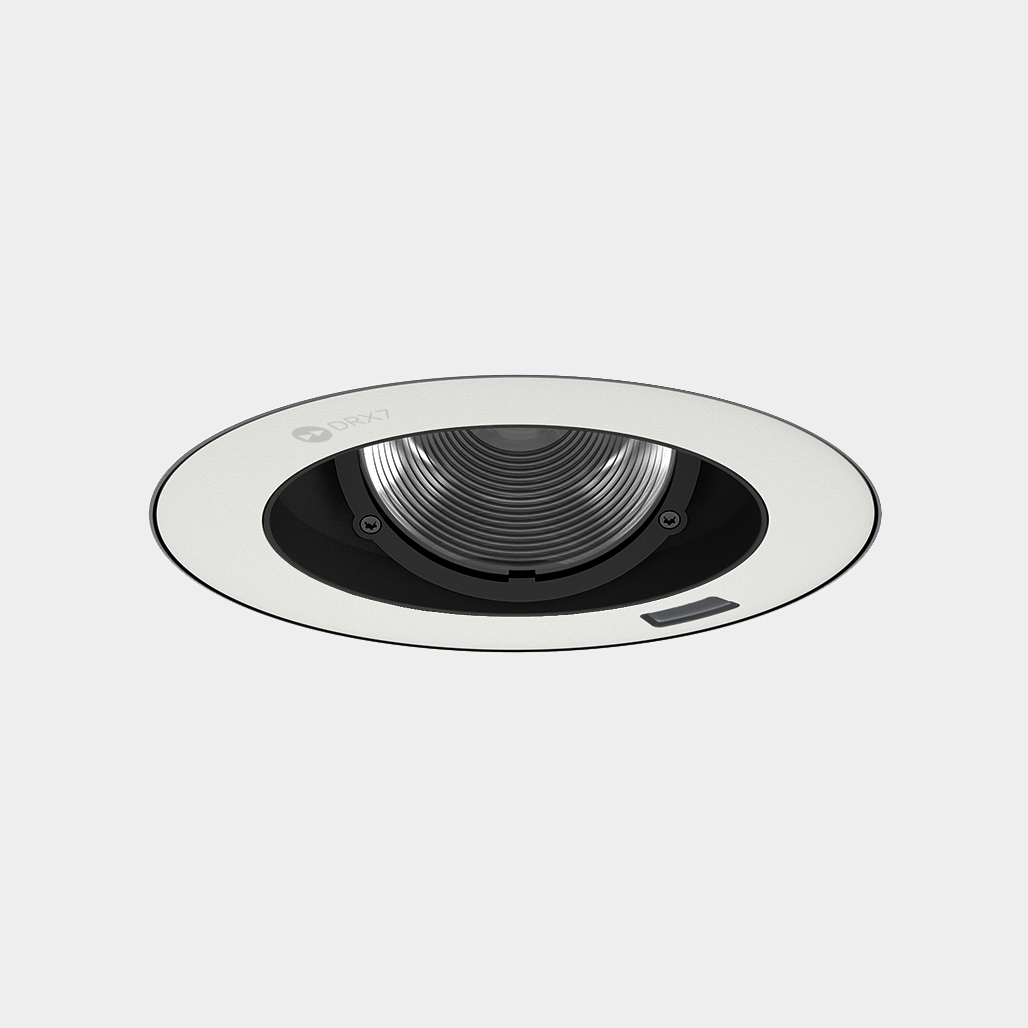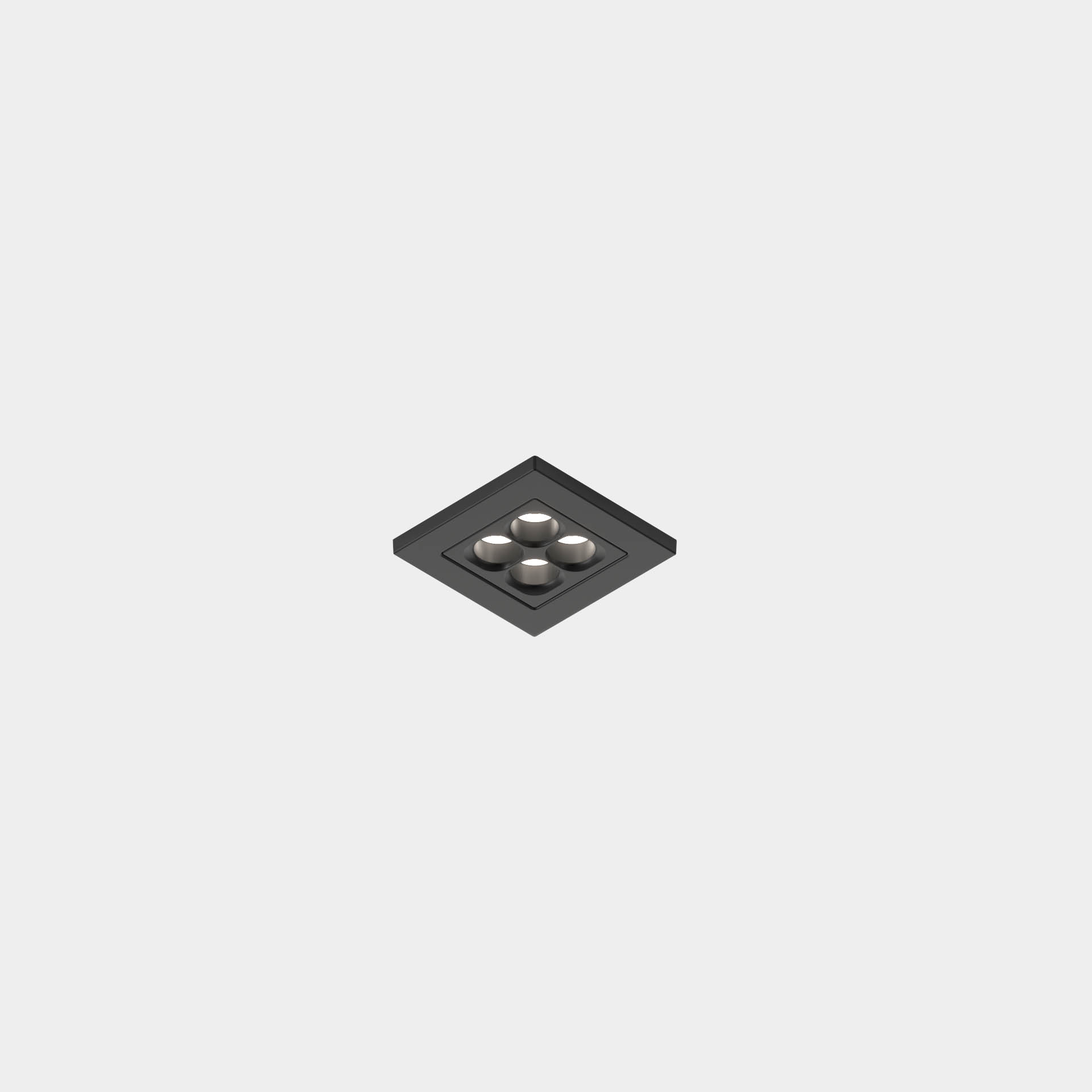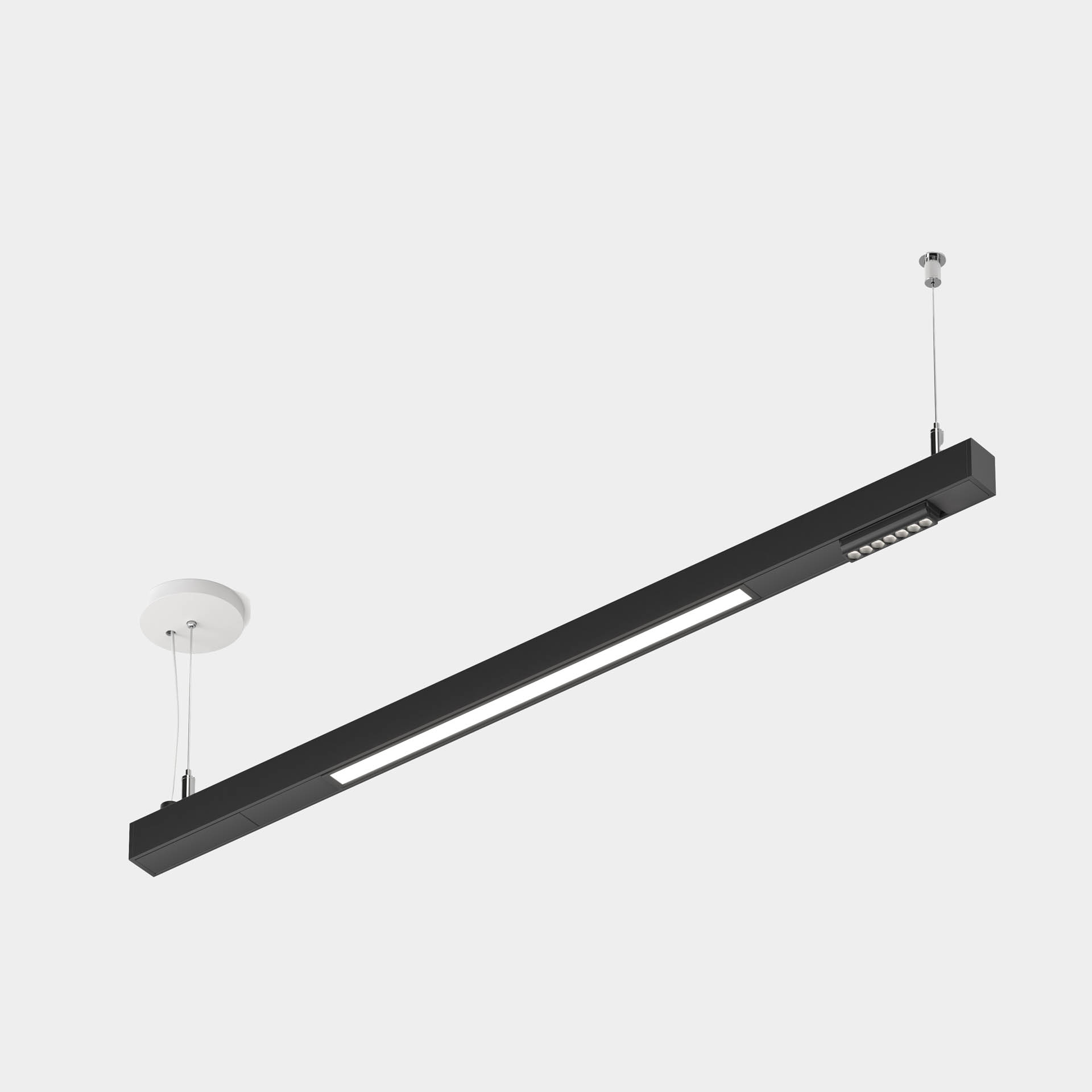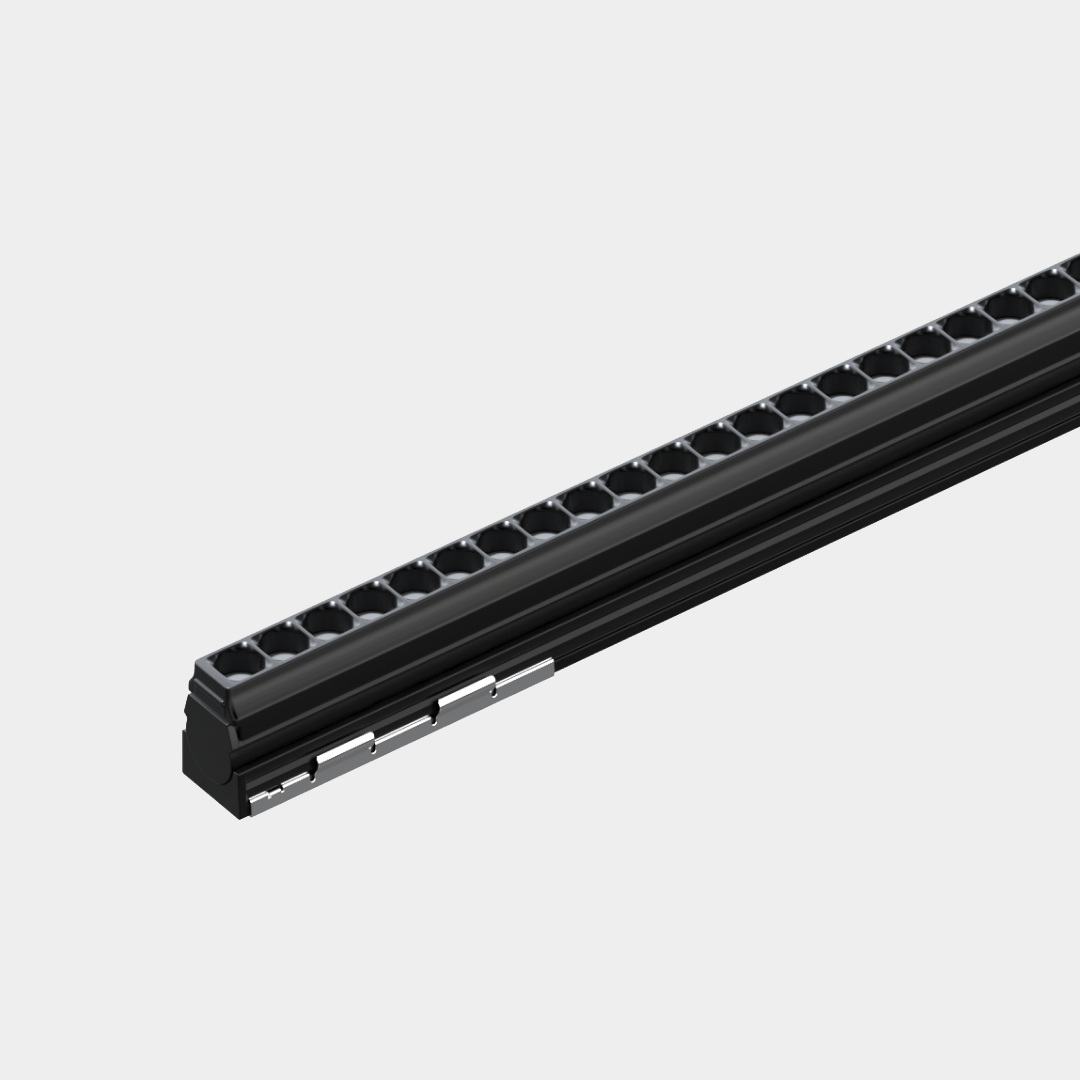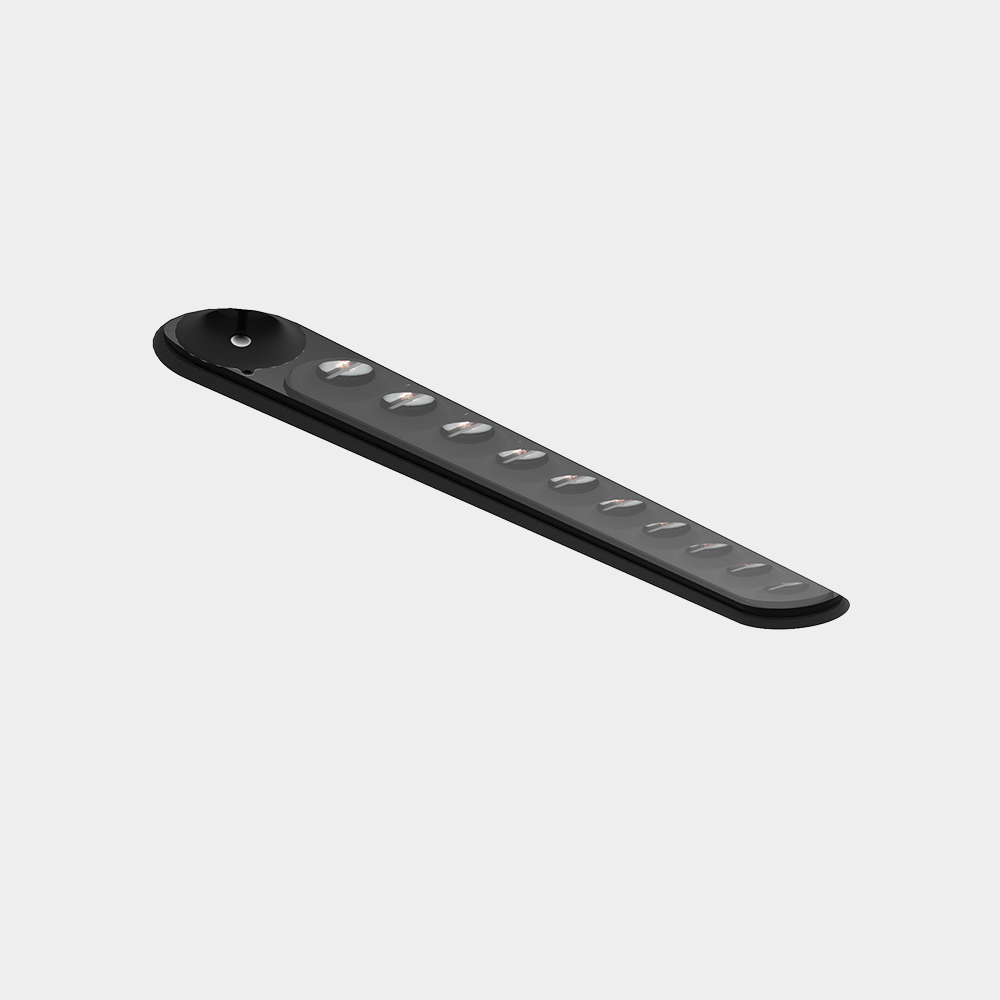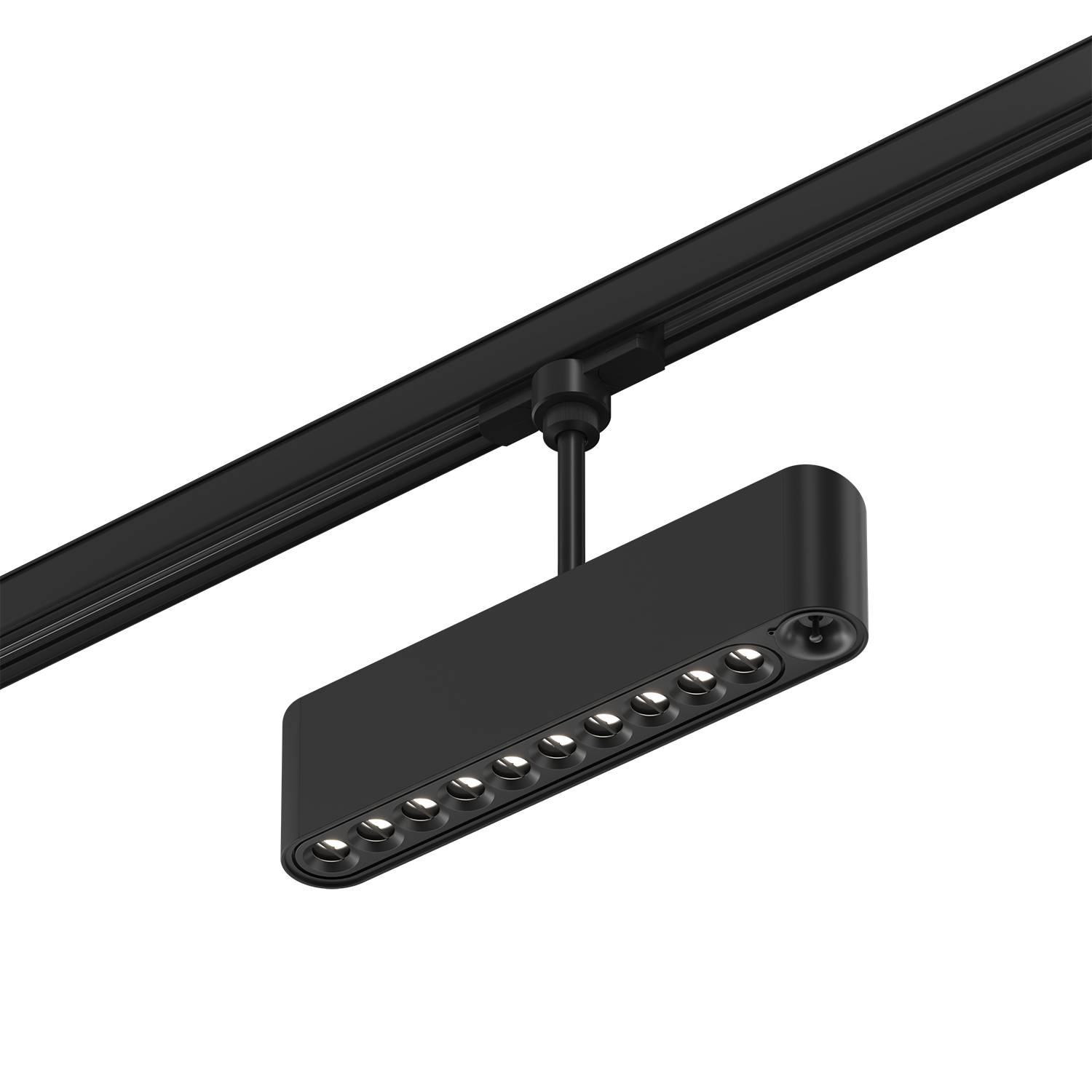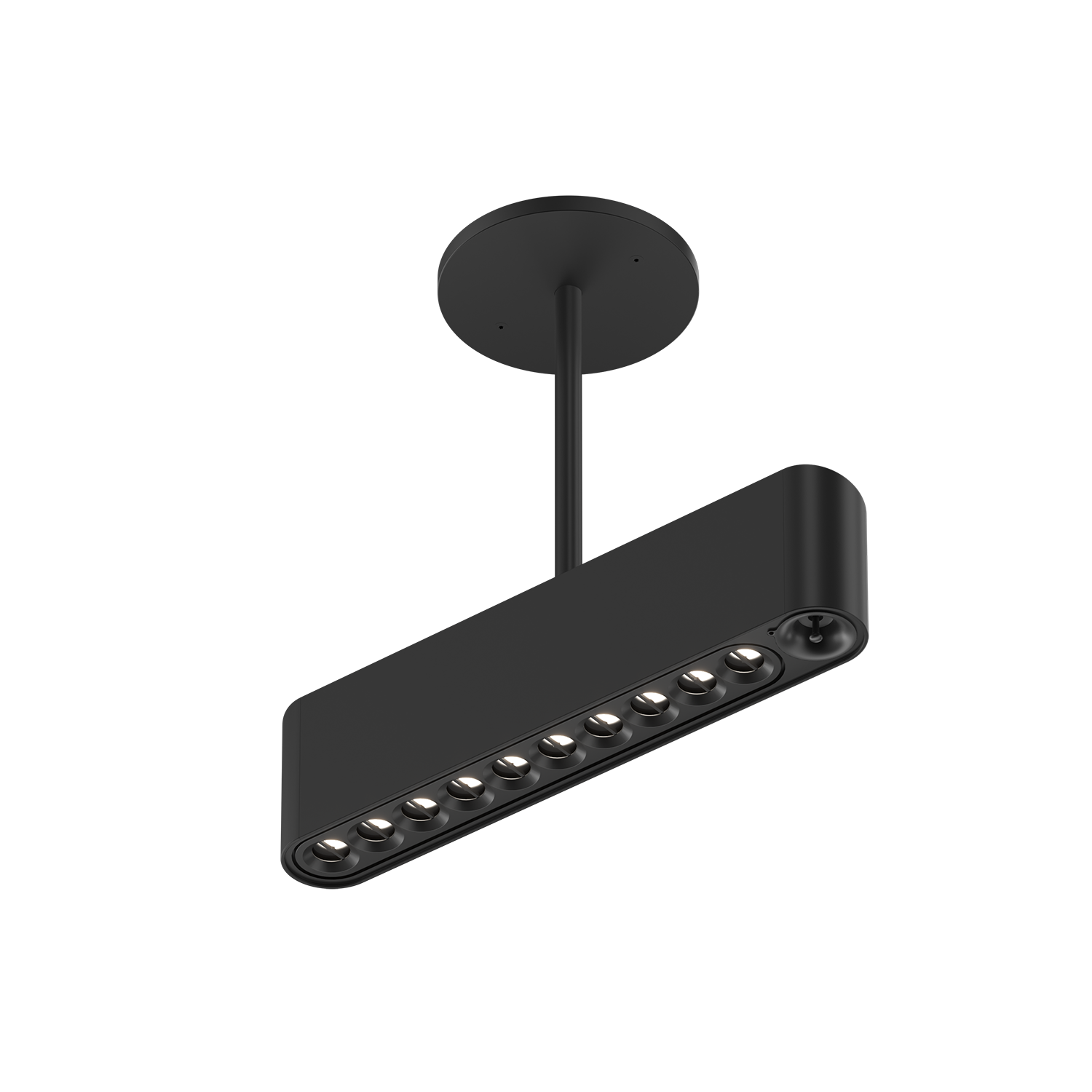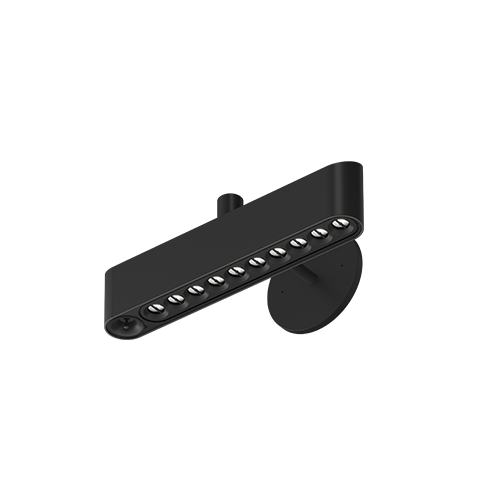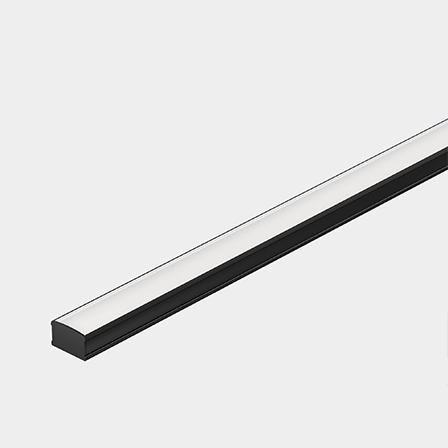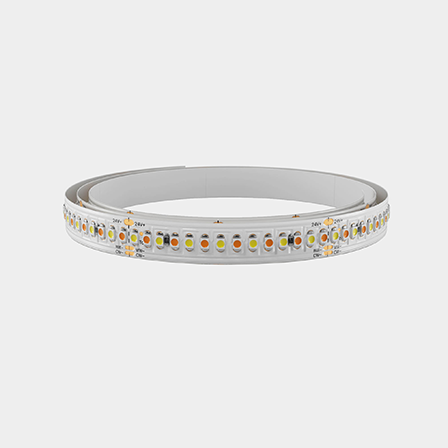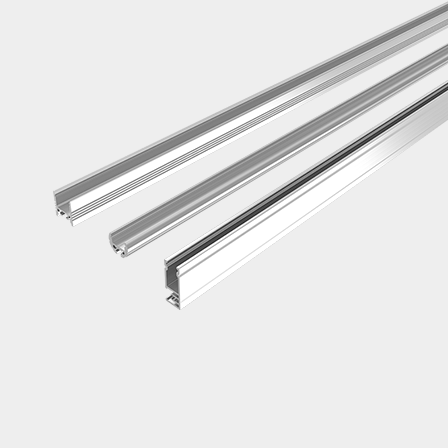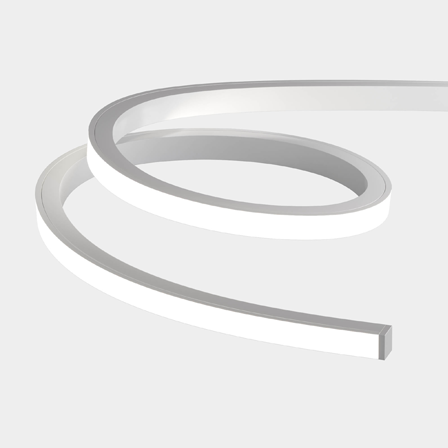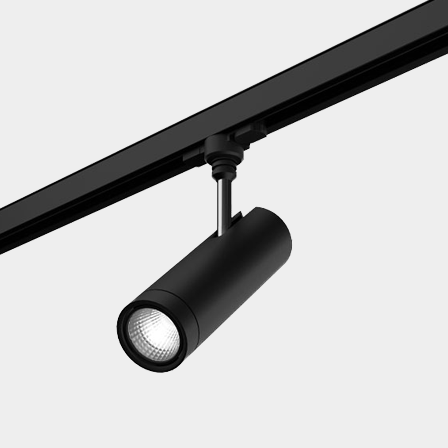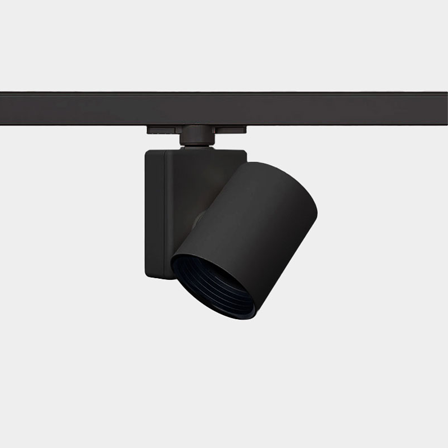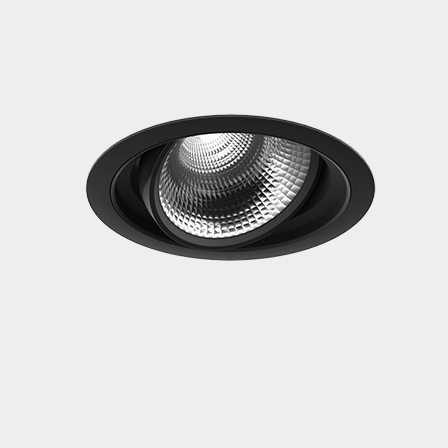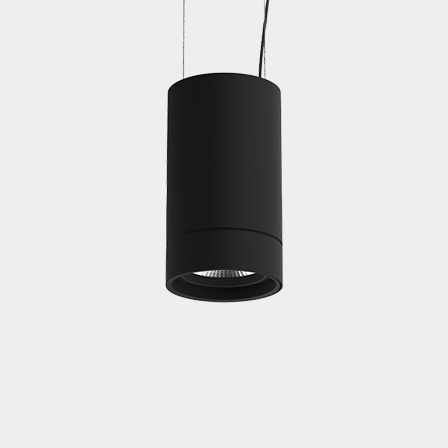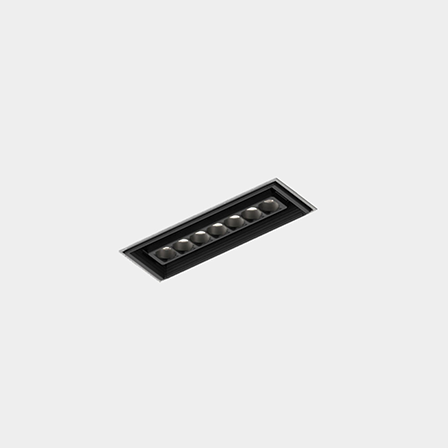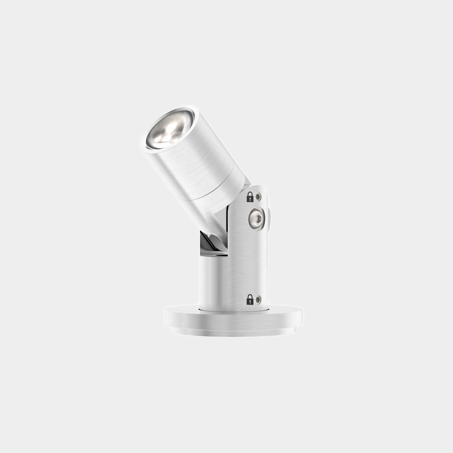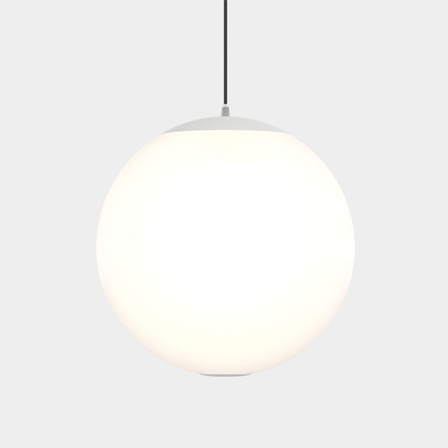iilluminati: Quinn Murph, Pro Design Distribution
Light plays a critical role in setting the mood and ambience of a home, all while supporting the everyday activities of residents and their guests. Quinn Murph, sales director of Pro Design Distribution, embraces this notion when planning and designing residential projects. He illuminates function-specific residential spaces with beauty and grace using his brilliant organizational skills and attention to detail.
Murph recently illuminated an upscale apartment near Madison Square in Manhattan with products from Luminii’s residential line. From highlighting material limits to creating spatial depth, Murph worked with New York interior designer Marc Houston to help their client transform his dream home into a tangible reality.
Residential Lighting Solutions for Upscale Living Spaces
Luminii recently launched Luminii HŌM, an extensive portfolio of specification-grade residential lighting options that support projects Murph and his team spearhead. The curated collection is 100% modifiable, delivering superior optics and performance.
With creative options for every application and space, Luminii HŌM offers architectural-grade lighting with industry-leading color quality options perfect for living rooms, kitchens, dining areas, home theaters, studies, home gyms, yoga studios, bathrooms, and much more.
We spoke with Murph and discussed his career, design aesthetic, and favorite Luminii products to celebrate the completion of his residential project in New York. Read the interview below to learn about his career in lighting and his high-end residential experience. You can also gain inspiration from his minimalist approach and find out what lighting designers should keep in mind when illuminating residential spaces.
About You
What inspired you to pursue a career in lighting?
I started more generally about 20 years ago in Montreal as an importer of contemporary European housewares and transitioned into design sales in 2001, when I moved back to the United States. I was eventually recruited to work for one of the great contemporary lighting dealers in Washington, DC, and that was my formal introduction to lighting.
Walk us through your career path.
My academic background is in graphic design, journalism, and religious studies. My first jobs were in PR and publishing, and even today I really enjoy crafting a story around a product, a company, or a project. While I was in graduate school in the late ‘90s in Montreal, at McGill University, the internet was just starting to explode, and every twenty-something like me in Montreal at the time seemed to be starting their own business (while I was stuck in the Islamic Studies Library, bored).
So, I started my first company, BOX, specializing in European contemporary housewares, which I first sourced through design magazines, and later by attending trade fairs. Unfortunately, I was not experienced enough at the time to make it work, and so I moved back to the United States, to Washington, DC, where I transitioned into design sales.
After nearly a decade working for one of the best dealers in the U.S. and gaining a lot of experience and contacts, I started my own practice, Pro Design Distribution, in 2013, with an emphasis on planning and supplying architectural projects in a hyper-organized and rational way.
In a word, how would you describe your design aesthetic?
My personal aesthetic: minimalistic. For clients: eclectic.
Which types of residential applications do you specialize in?
Pro has essentially two residential practices: multi-family, and high-end single family. The multi-family projects are typically not very design driven, and the emphasis is always on cost. We can supply those projects, and I like them because the decision-making is often very quick and unemotional.
The high-end single-family projects are aesthetically more interesting. You’re dealing with clients who are equally interested in quality and aesthetics, and the budgets are larger. I like these projects because there’s a much tighter collaboration between Pro as lighting planner and the designers and architects. With the single-family projects, design and beauty are the goals.
What do you enjoy most about illuminating residential spaces, and why?
That we can be much more function-specific. My personal philosophy is that light should be applied only where it’s needed, and we can make that argument more persuasively on a residential project where there are almost no competing interests and where the client relies a lot more heavily on our judgment and taste level.
Your Residential Project
The Space:
An apartment renovation near Madison Square in Manhattan by New York interior designer, Marc Houston.
When was the project completed?
2019
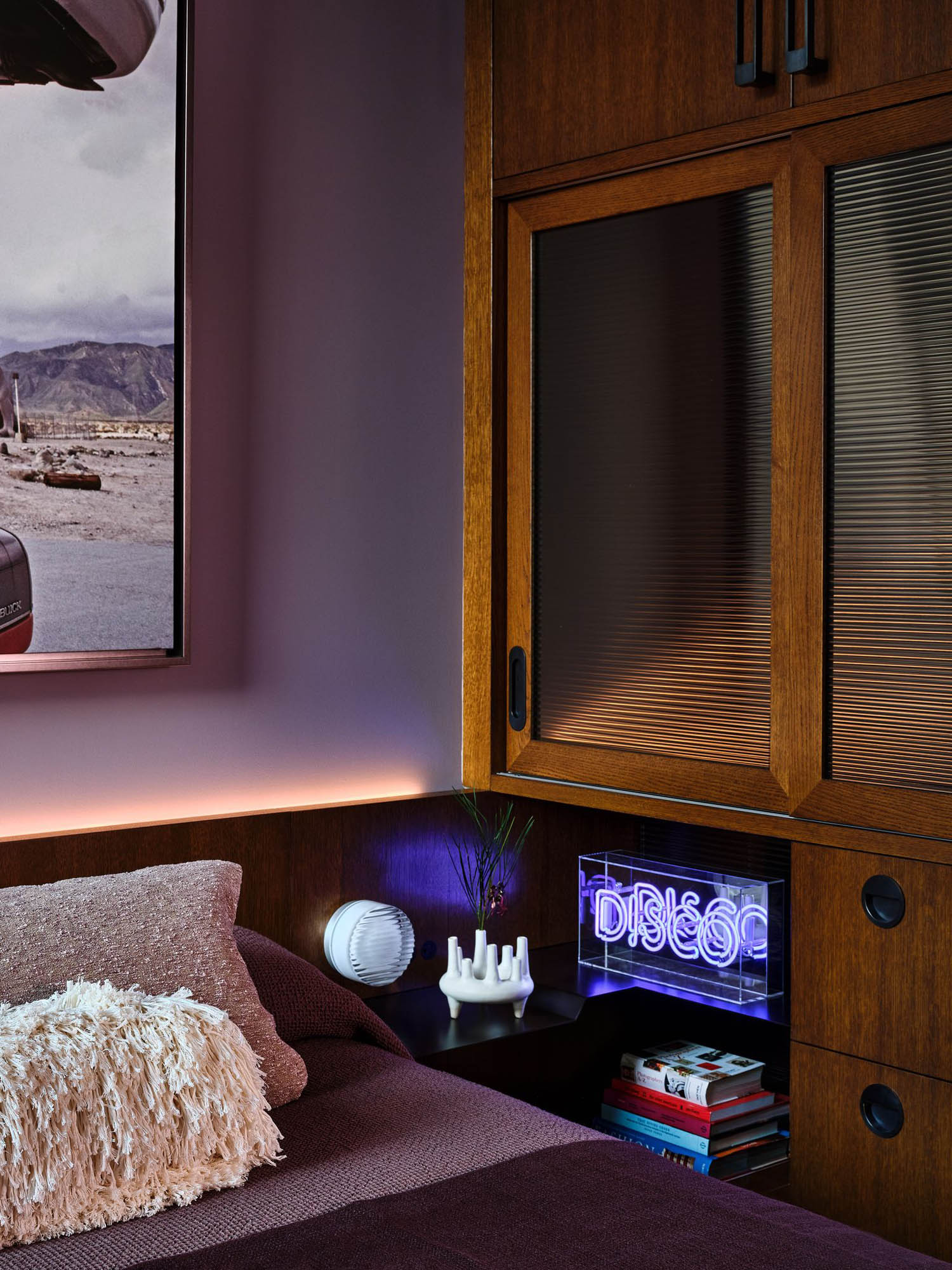
The Manhattan apartment interior design and lighting project. Interior Design: Marc Houston Lifestyle Interiors / @studiomhli. Photos: Claire Esparros / @claireesparros.
What was the space designed to achieve?
The building was a new construction project, and the unit lacked character and personality. The client was in search of a stylistic direction and an optimization of his space to provide both comfort and correspond to his sensibilities.
Tell us about the techniques you applied to bring the project vision to life.
Marc and I were formerly coworkers, and we have very similar sensibilities and approaches to thinking about design. We’re both great believers in research, and make use of a lot of images to get the client to focus on either an aesthetic goal, a technical solution to a particular lighting problem, or an overall approach. With those guiding images, we lay out a lighting plan and begin working out the fixture specifications to bring the plan to life.
How did you apply Luminii’s products to achieve these goals?
In all of my projects with Marc, his goal is to discreetly integrate architectural lighting as a way of calibrating the atmosphere. In this apartment, which has an L-shaped floor plan, the bedroom is visible through the kitchen and living room windows, which are positioned on a perpendicular axis. We used Luminii’s LineLED strips to elegantly highlight material limits, to create spatial depth, and to engender a sense of intrigue as you view each space from another space.
What challenges did you face and how did you overcome them?
This was a gut renovation, and the millwork was designed with our lighting solution in mind.
What makes this residential project stand out from others you’ve designed?
The balance of playfulness and subtlety. With the colors that Marc used, and with the way that the lighting is integrated into the millwork, there’s a level of commitment on the part of the client that impresses me. It’s always interesting to work on a project where the client’s goal is to be original.
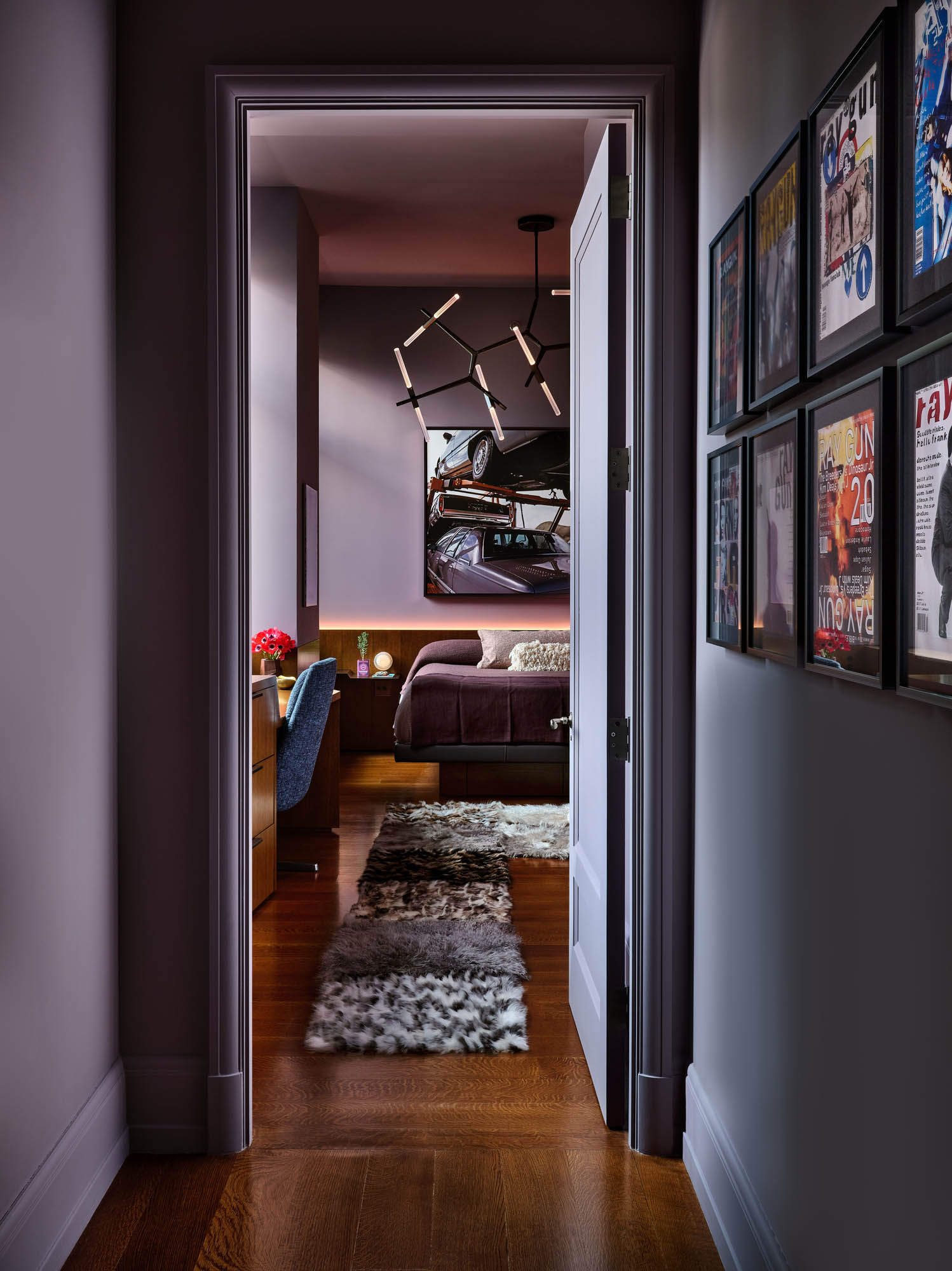
The Manhattan apartment interior design and lighting project. Interior Design: Marc Houston Lifestyle Interiors / @studiomhli. Photos: Claire Esparros / @claireesparros.
What feedback did you receive from your client after completing the project?
That the client is thrilled, especially with the lighting effects created in the evening hours.
Products
Which Luminii products did you use for this project?
Luminii’s LineLED Series.
What led you to specify Luminii?
Luminii is our principal source for linear LED lighting, especially for projects where custom lengths are required. The product is reliable, of very high quality, and we have relationships with people throughout the company, which is very important at Pro.
Not only do these relationships allow for a certain efficiency in communications and problem solving, but it also makes work a lot more pleasurable. It’s extremely important to me that we are working only with people we get along with personally. Life is short, and to the extent possible, I don’t see any reason to spend any of it dealing with people who bring you pain.
Your Experience with Luminii
What would you say is your favorite Luminii product and why?
Probably Bosca. I’m a minimalist, and I like the very basic, square profile of Bosca. When the profile must be seen, Bosca presents a very clean, finished look.
Your Expertise
How do you determine the best lighting solutions for residential projects?
The main considerations are budget and delivery times. I’d love to say that we can focus first on aesthetics and technical features, but the reality is that most projects are not so well-planned in advance that we can consider those first. But once I know your budget and your deadlines, I will offer you the very best solution possible to satisfy your requirements.
What’s your secret to making residential spaces and objects look their best with light?
To the extent possible, using light only where it is needed. Light is best understood in contrast with areas that are less lit, in contrast with shadows. I love to design shadows, to give architecture its definition. Light, to me, is a kind of building material.
What are some technical factors lighting designers should keep in mind when illuminating residential spaces?
That the eye needs a primary object to focus on, and it needs a place to rest. Emphasize vertical surfaces more than floors: our understanding of space happens mainly vertically.
You can’t light a residence like an office — and you shouldn’t even light an office like an office by eliminating shadows. Especially in a time where we are constantly exposed to light from phone and computer screens, I think that a home that is softly, even dimly, illuminated — with interesting shadows and zones of “non-light” where you can move your gaze to rest your eyes — is one that is highly pleasurable.
Connect with Quinn Murph and Pro Design Distribution
Business Name: Pro Design Distribution + Illuminotechnique
Business Address: 996 Maine Ave SW, Suite 107, Washington, DC 20024
Website: www.pro-distro.com
Phone: 202-391-7099
Email: pro@pro-distro.com
Instagram: @prodistro202



